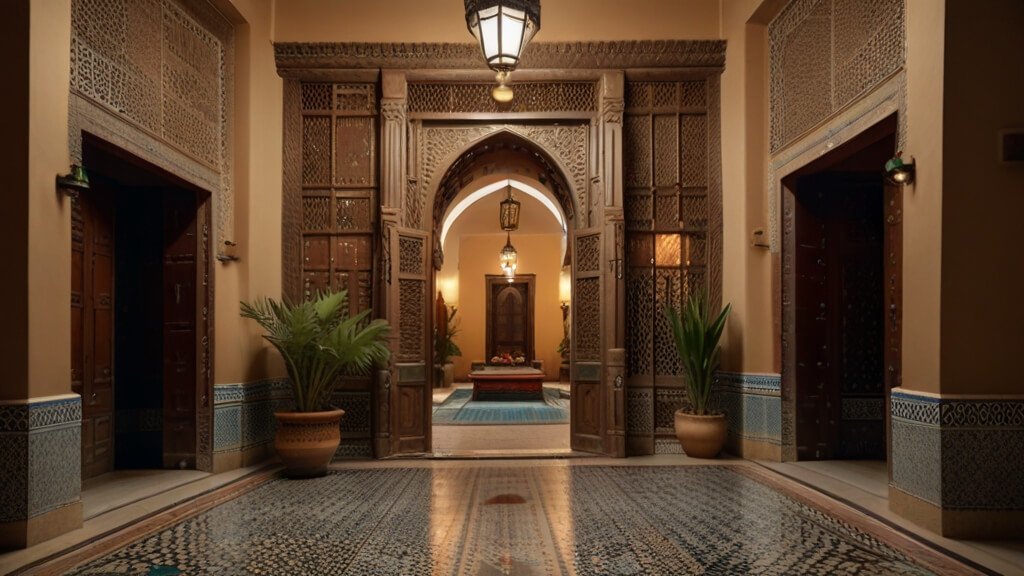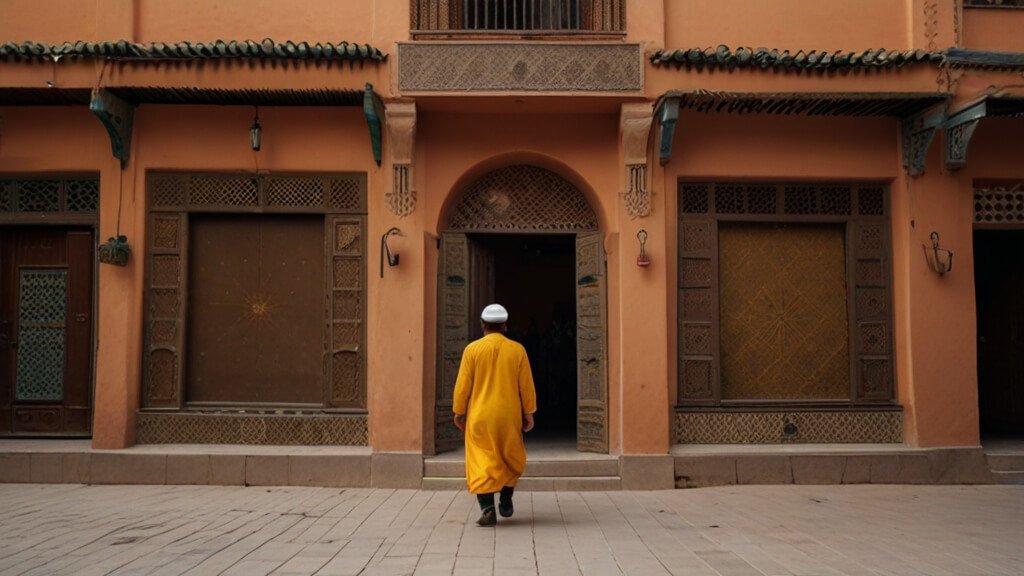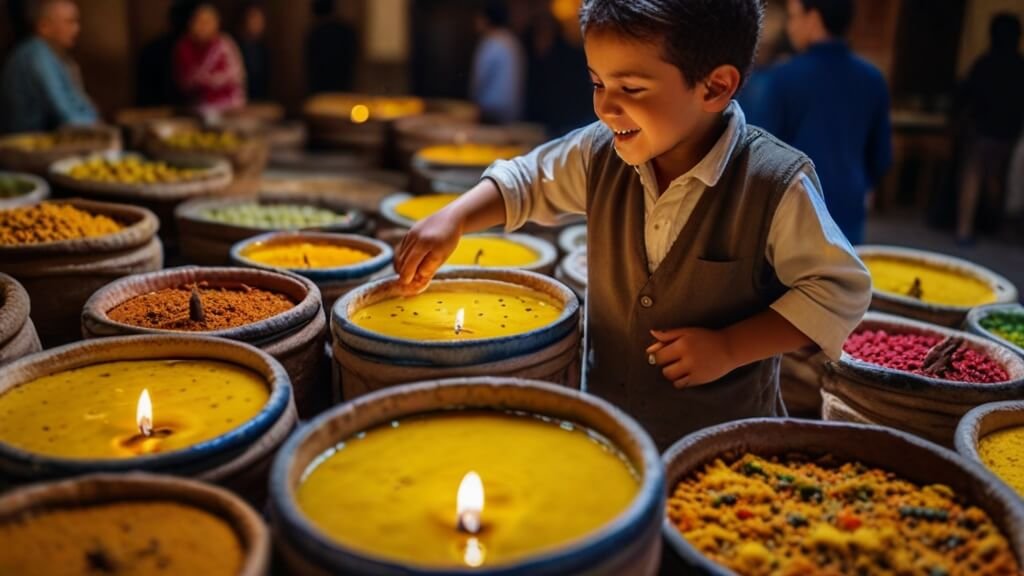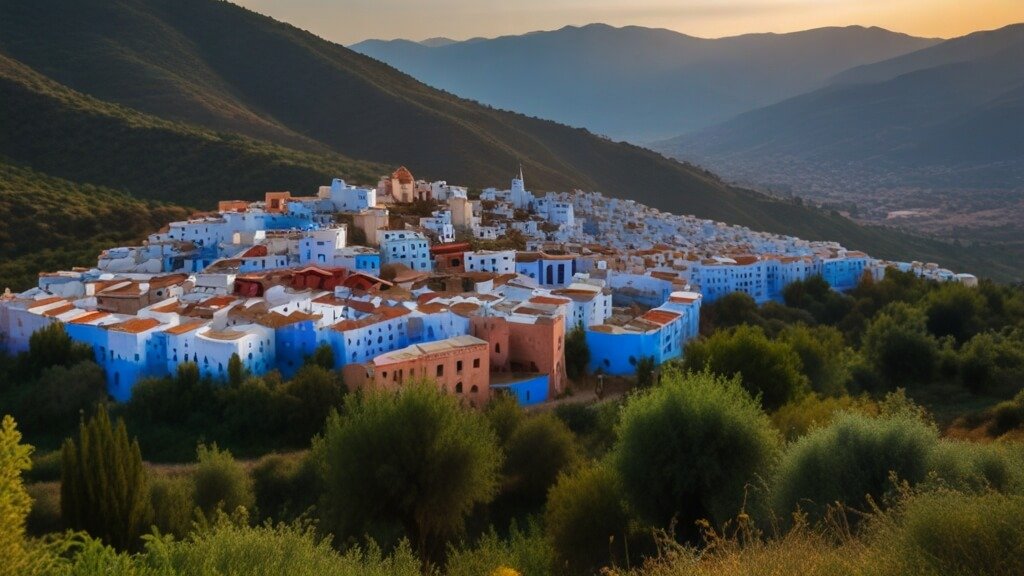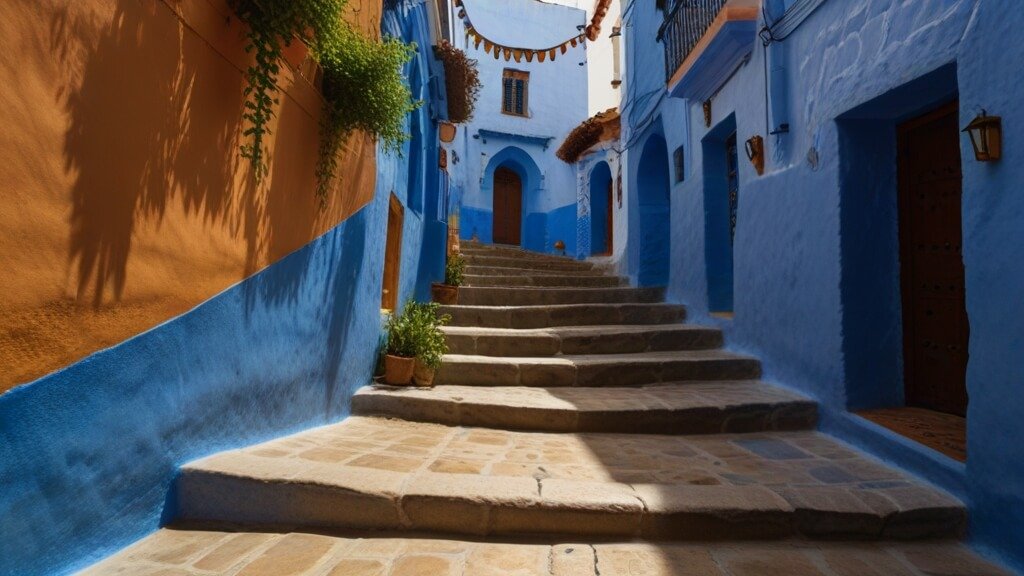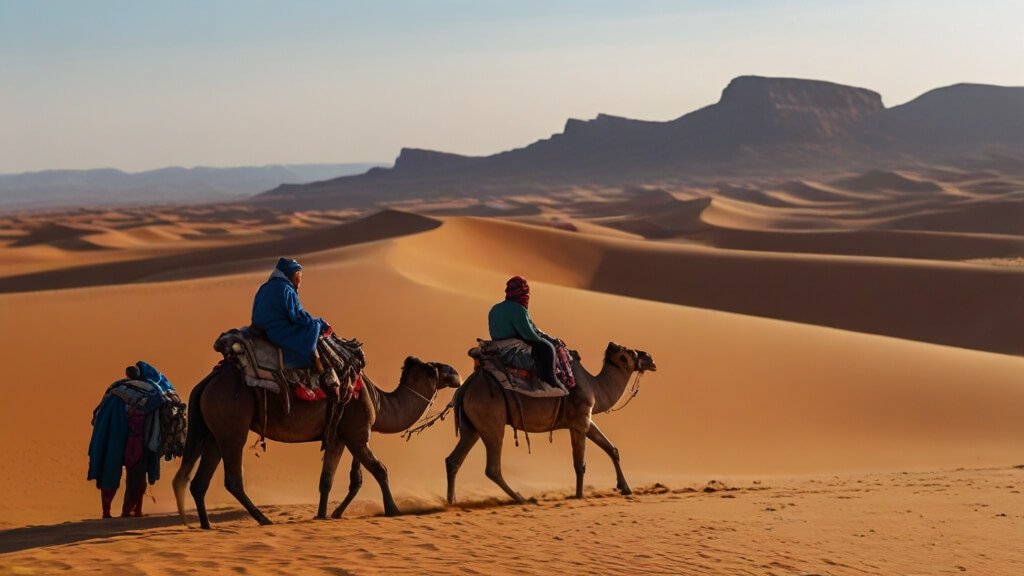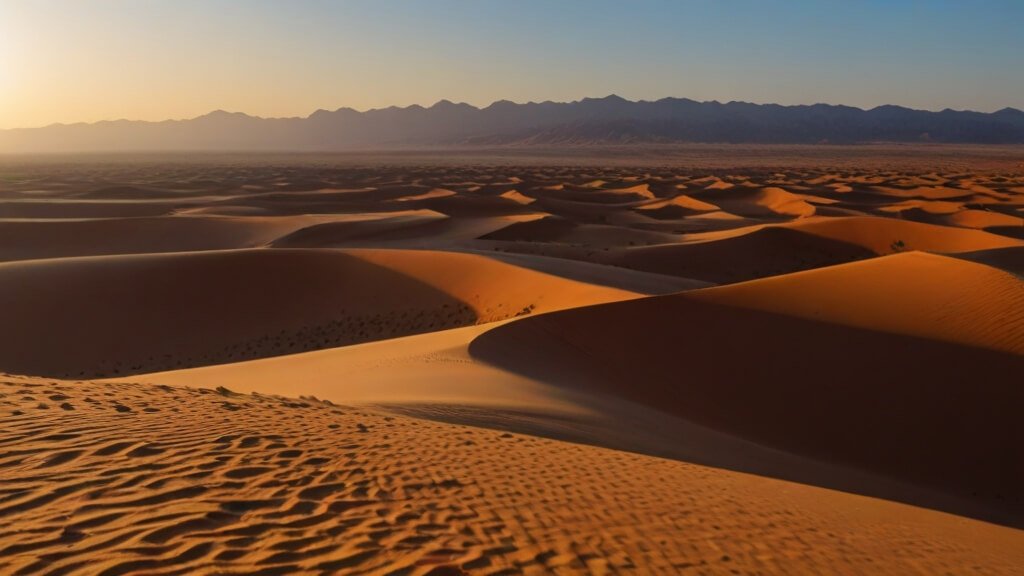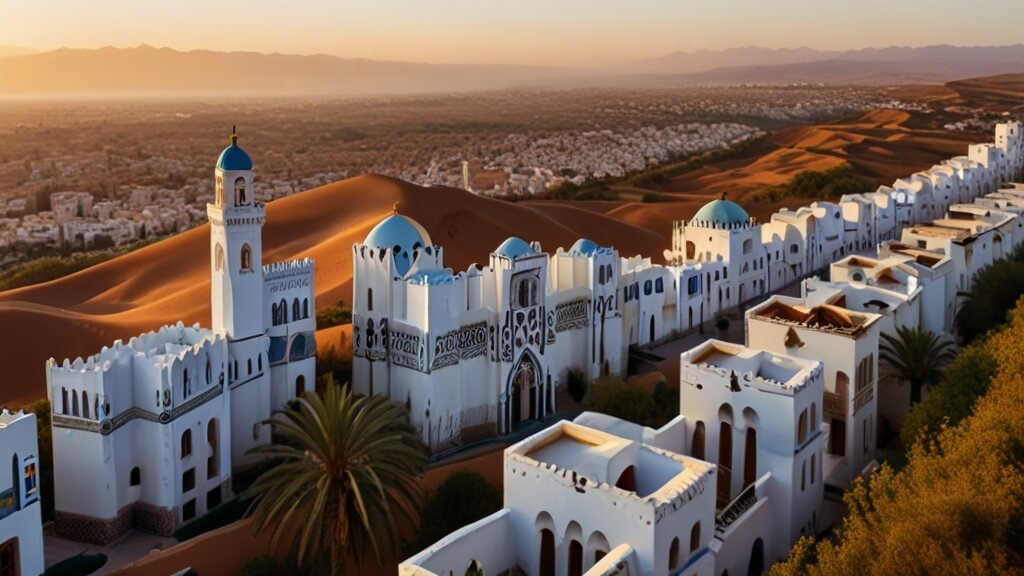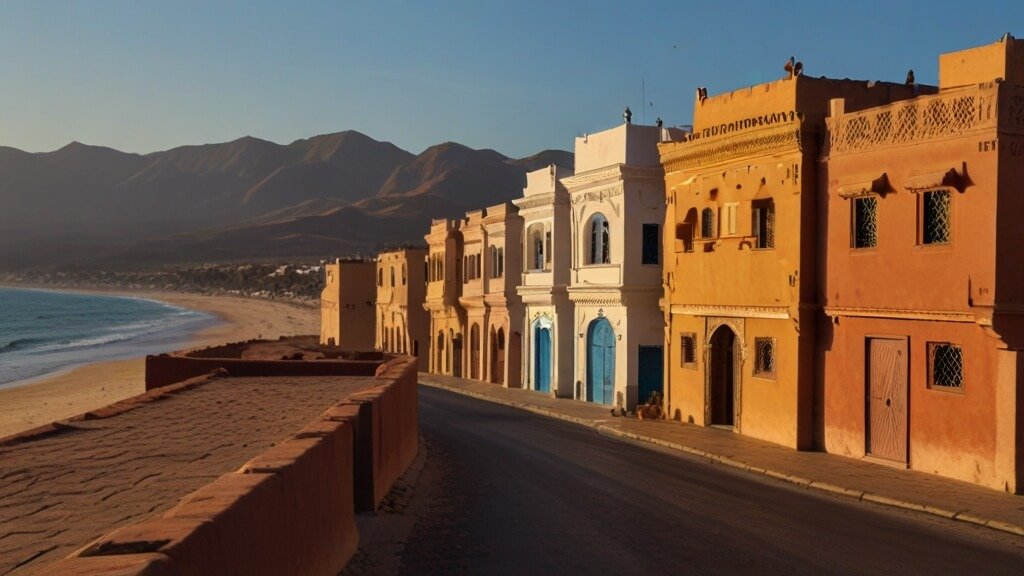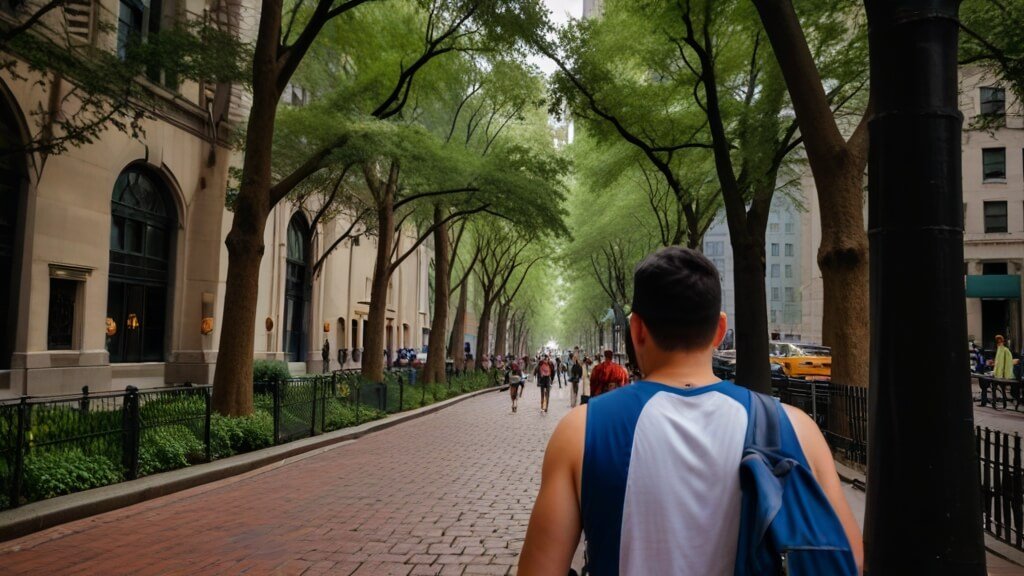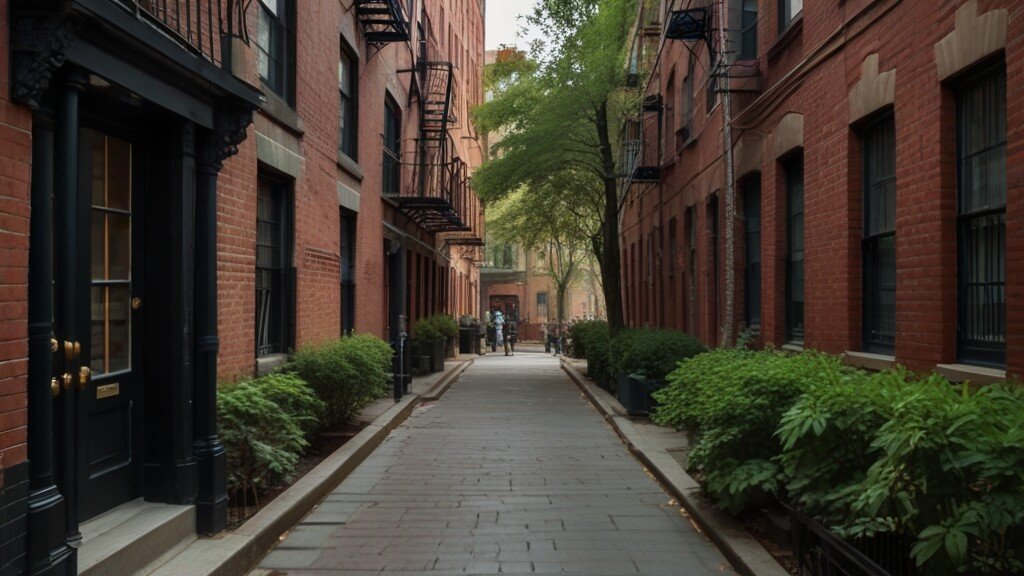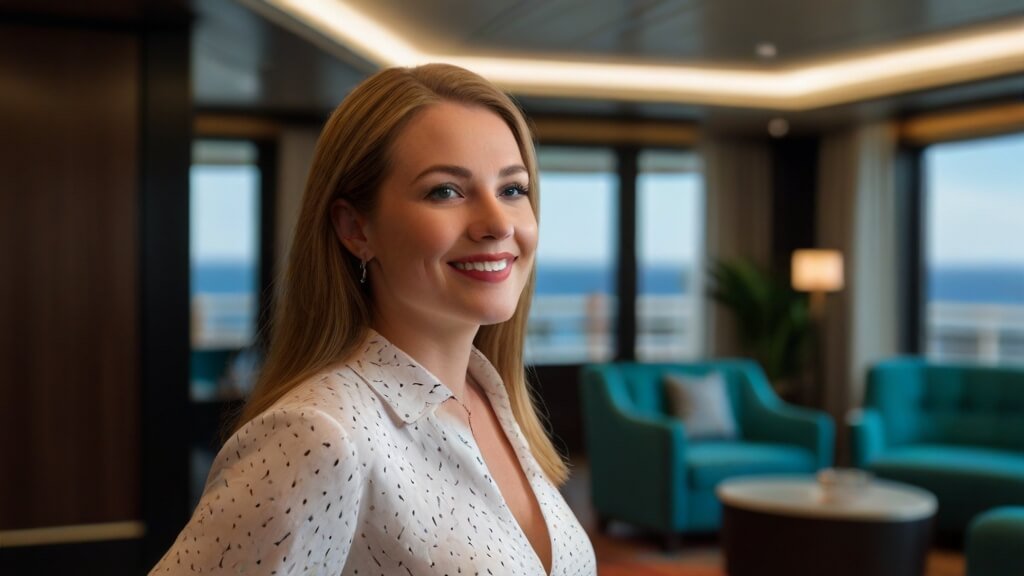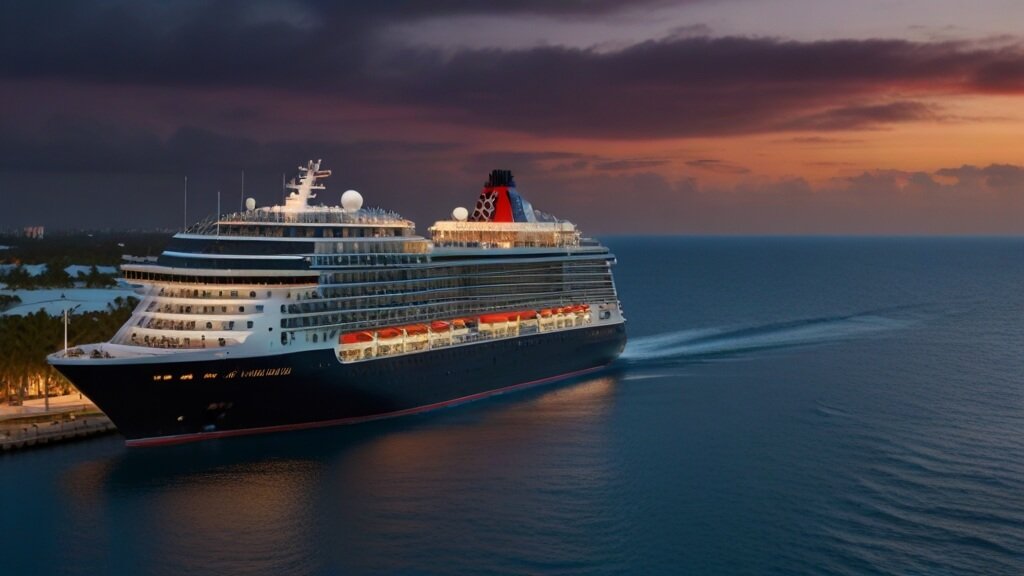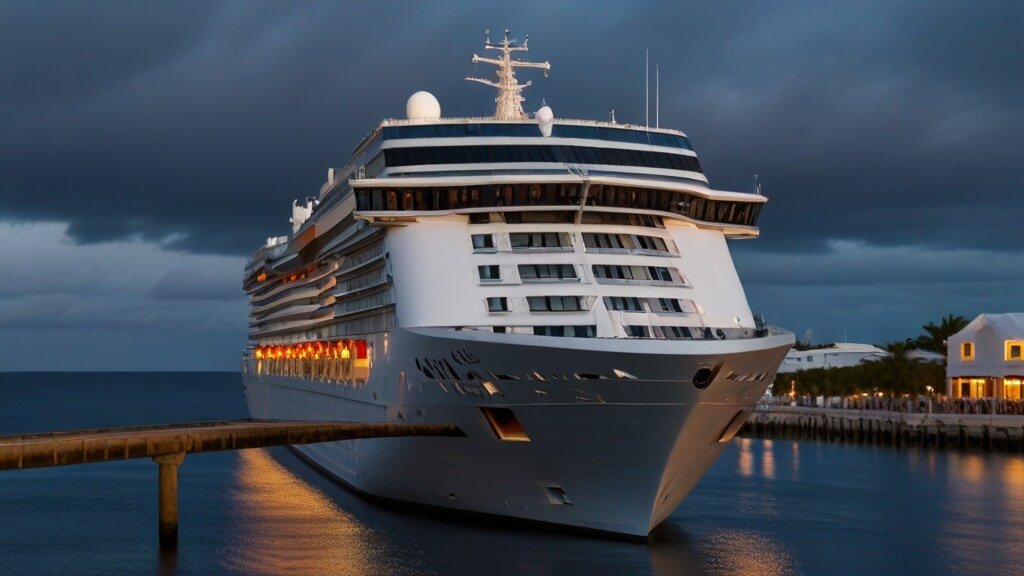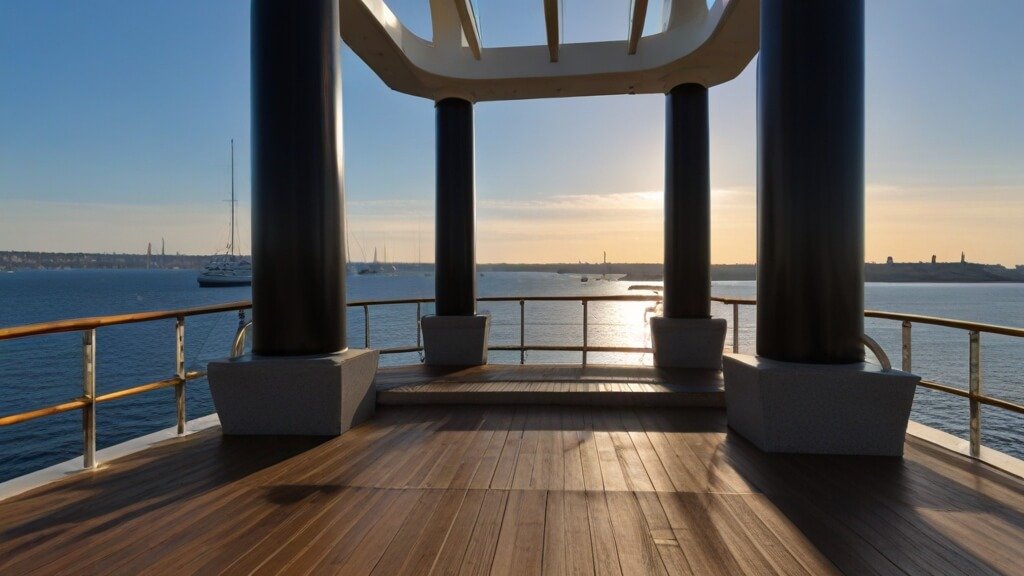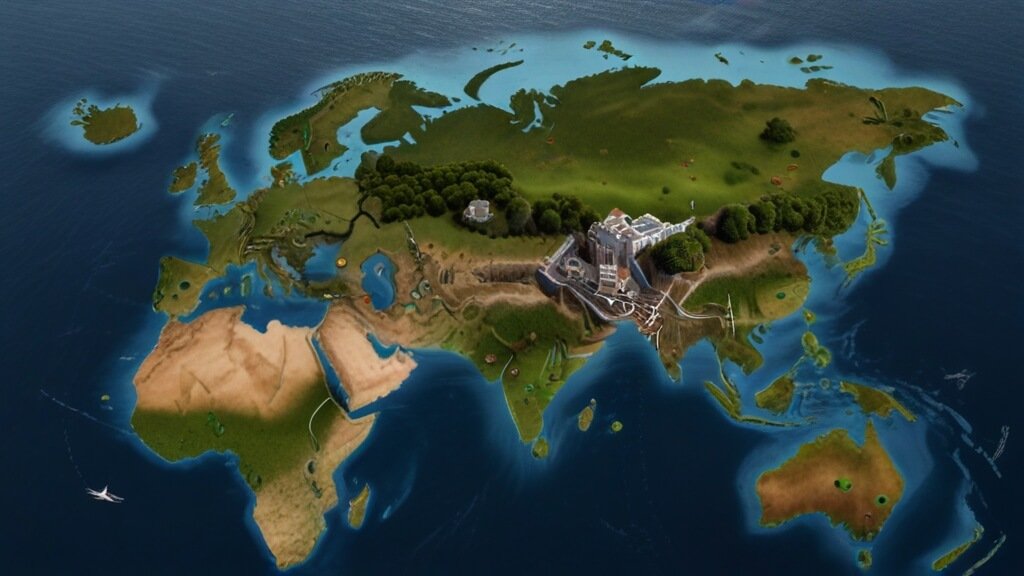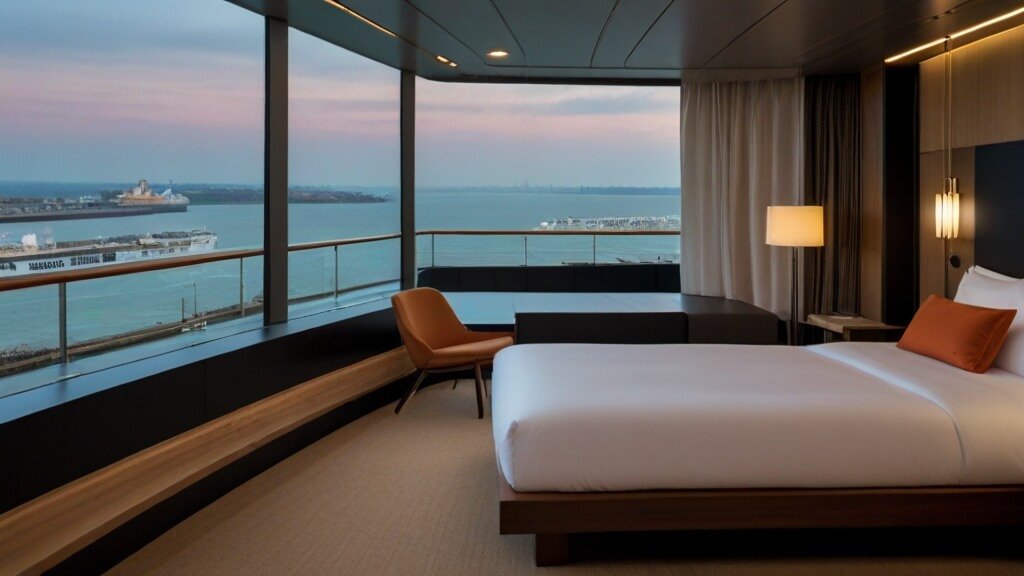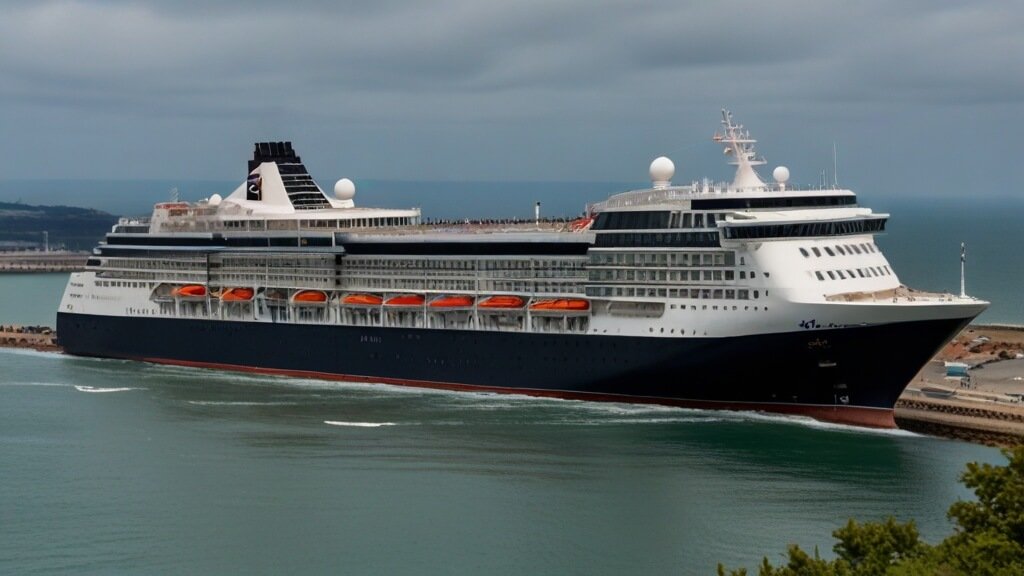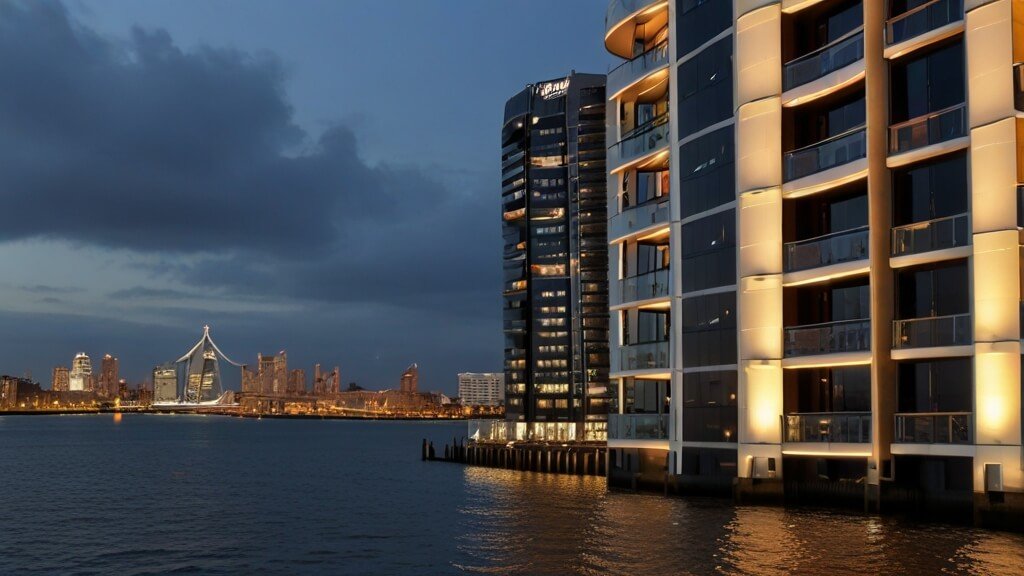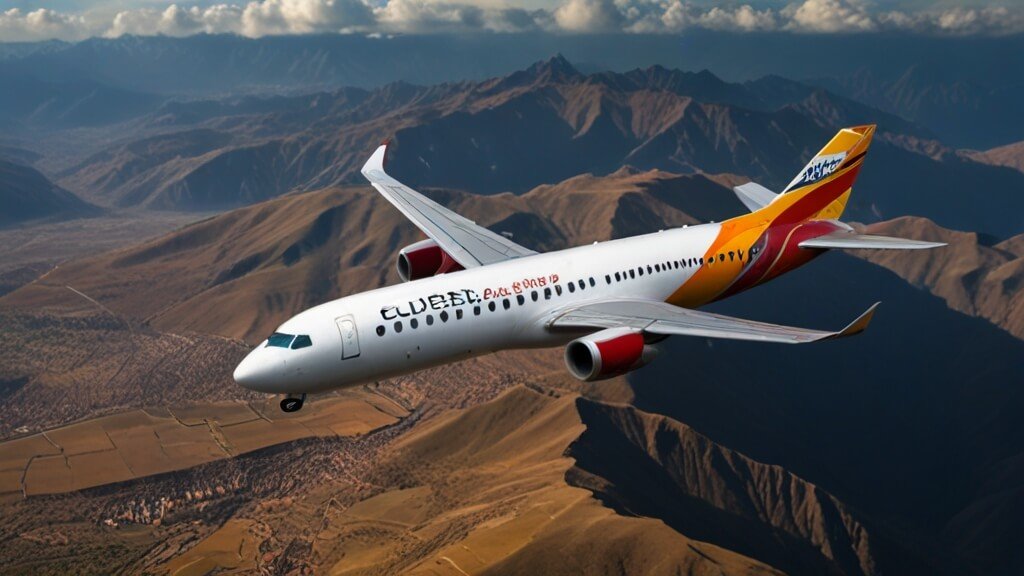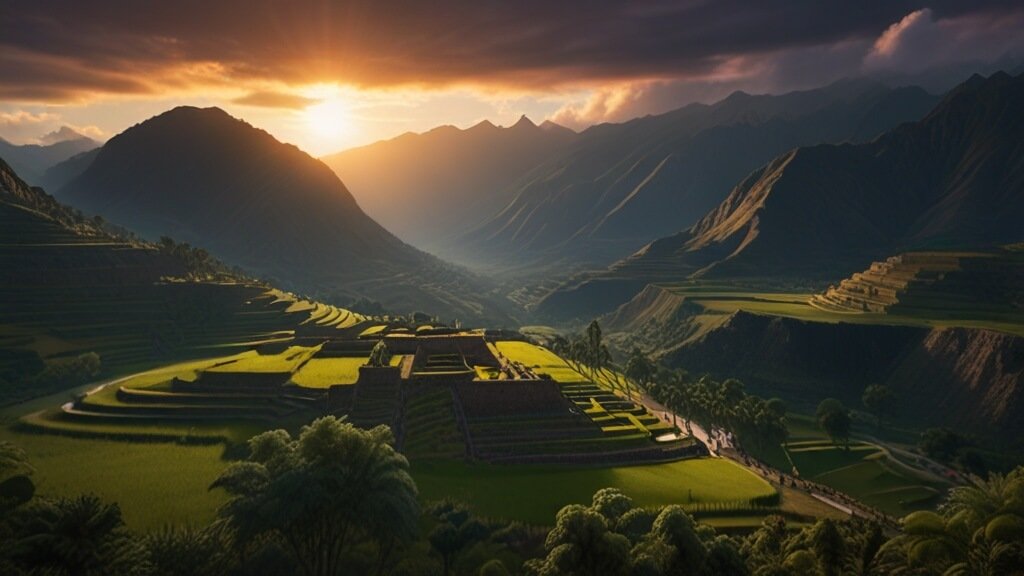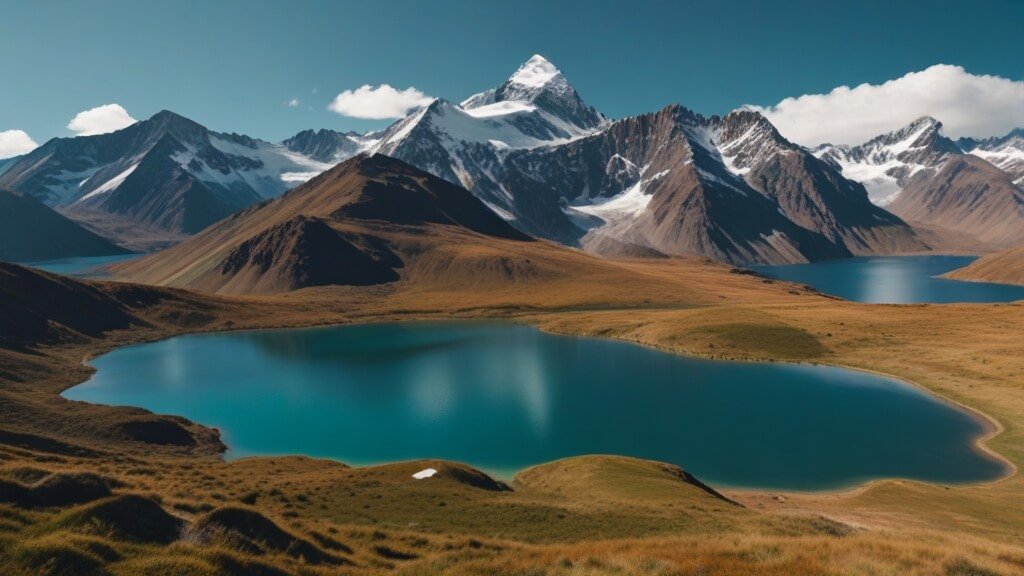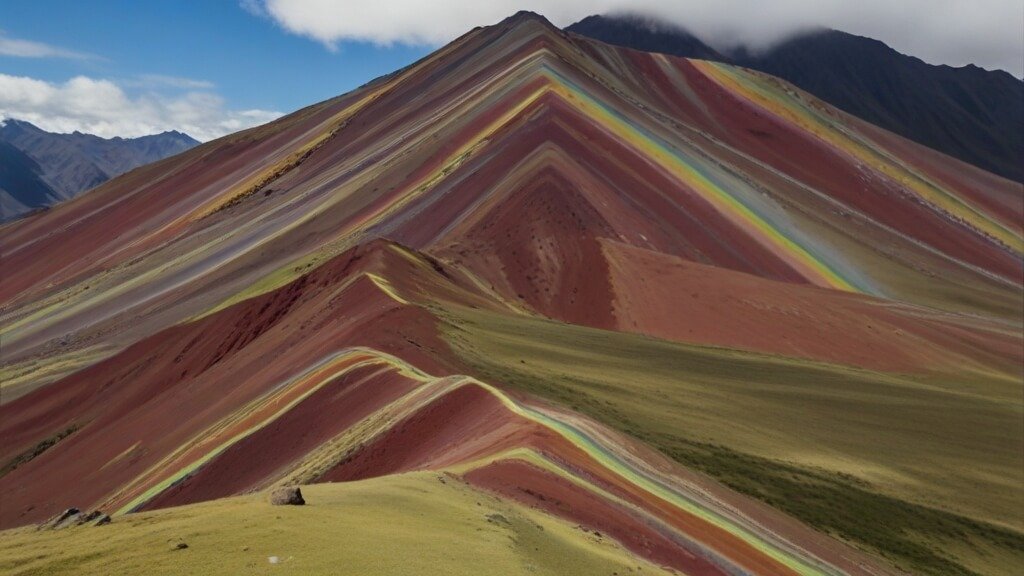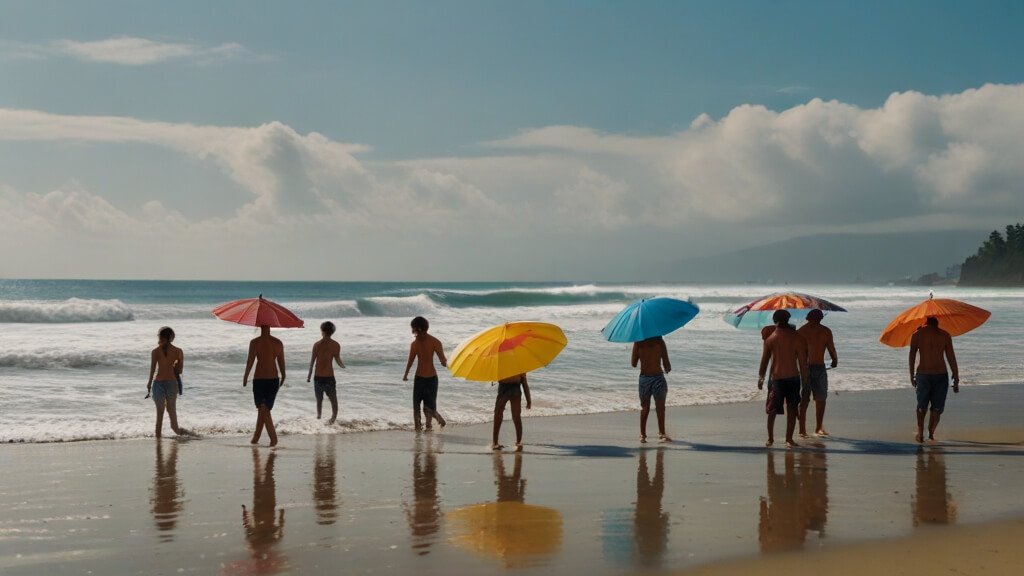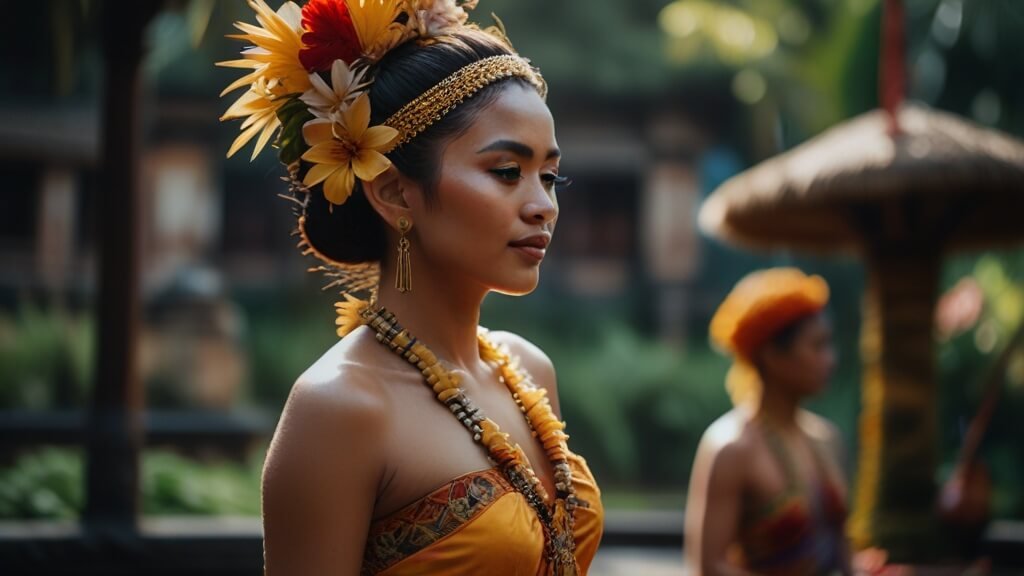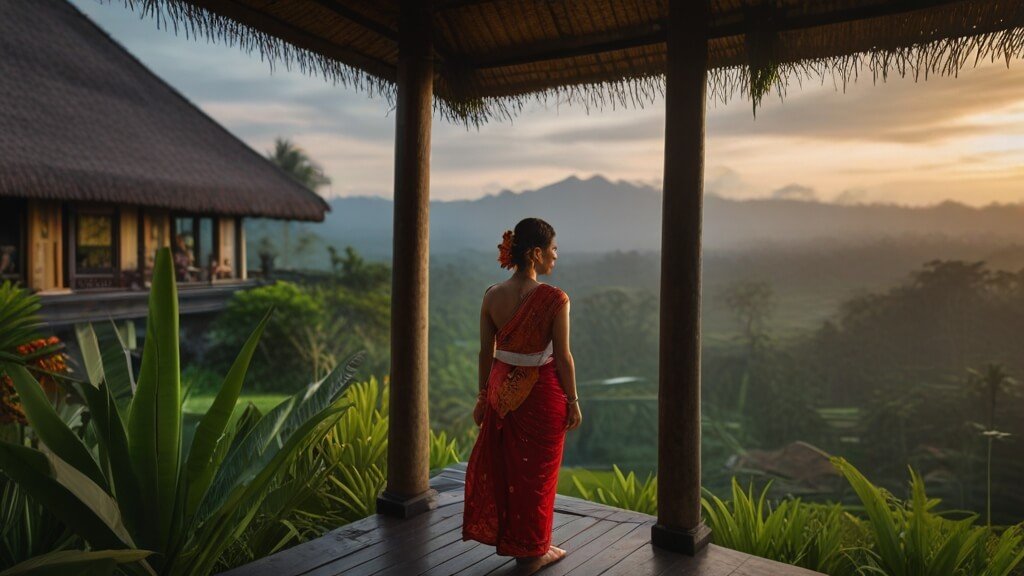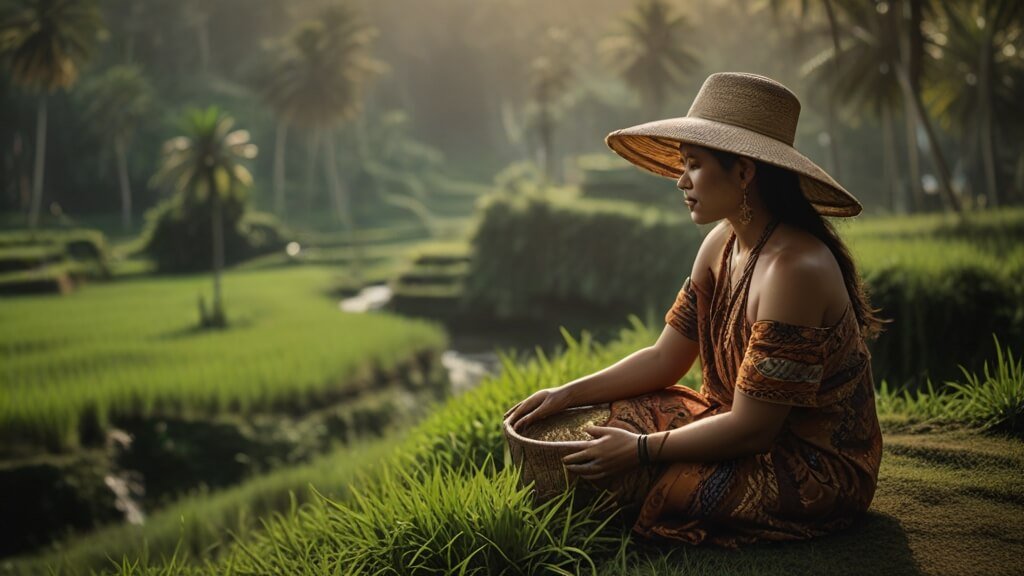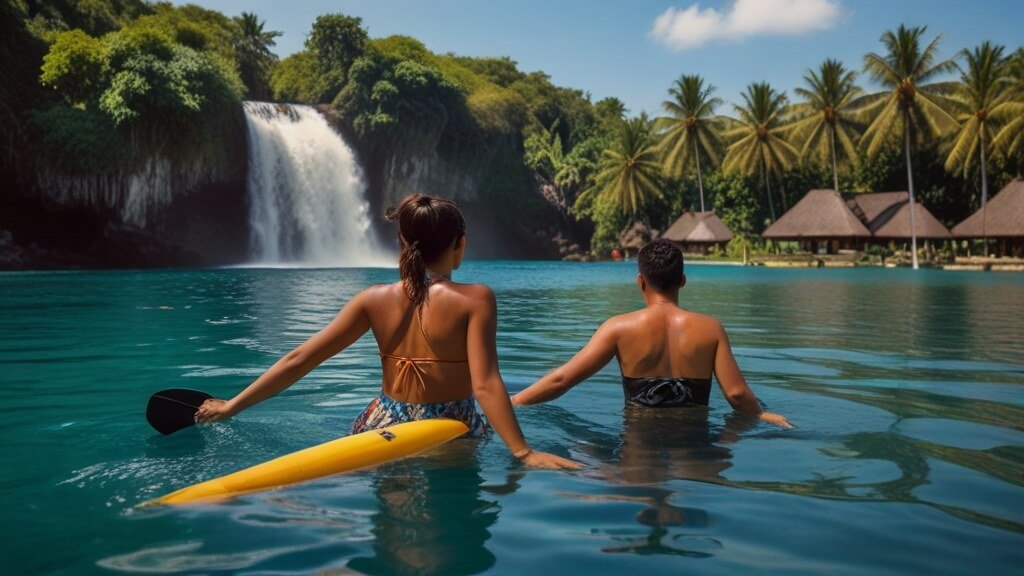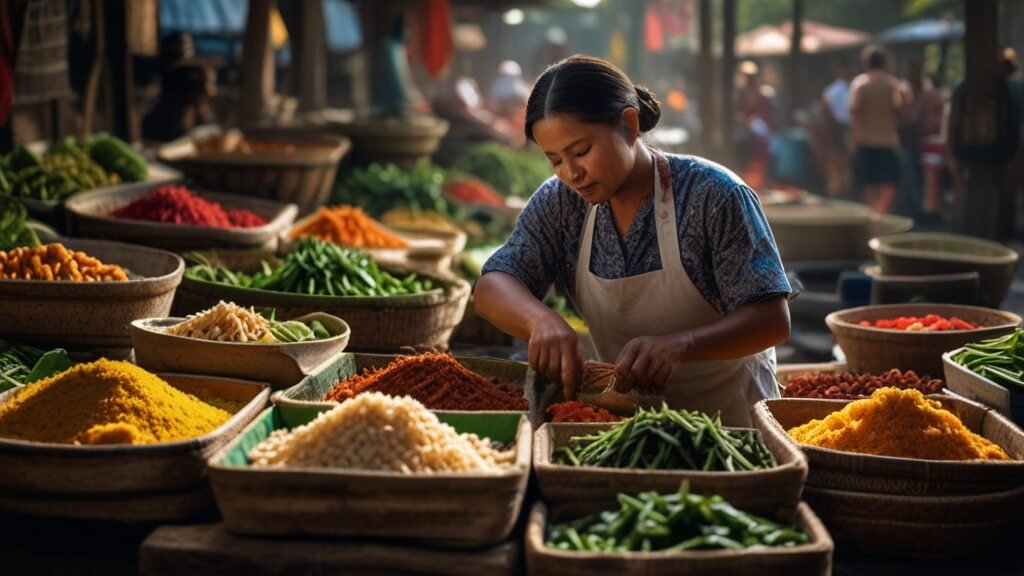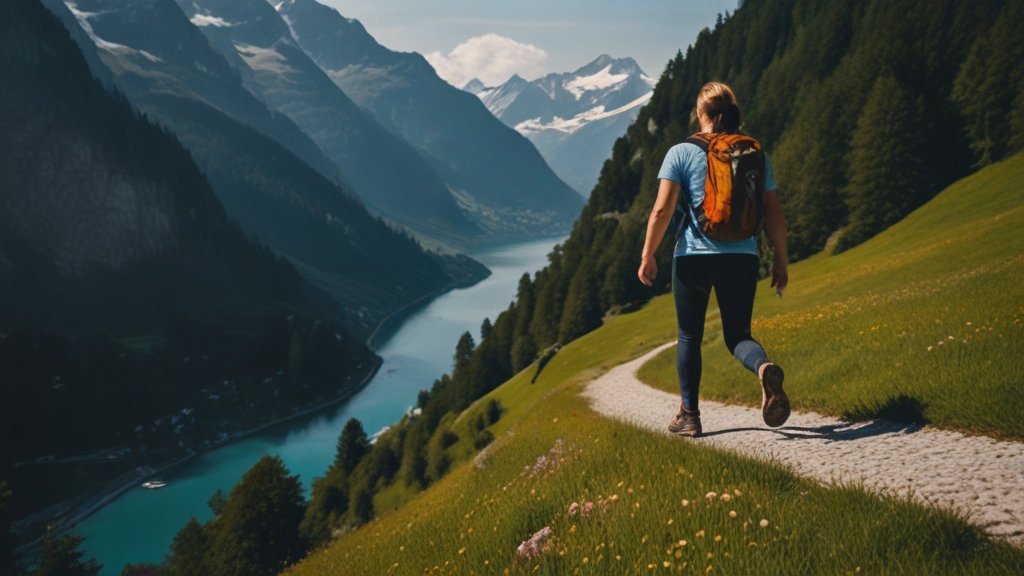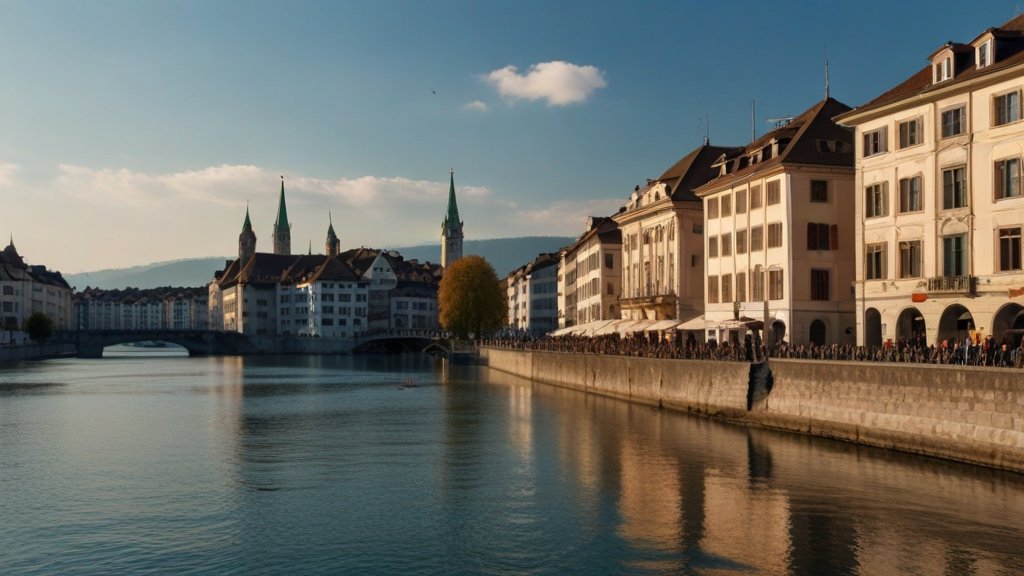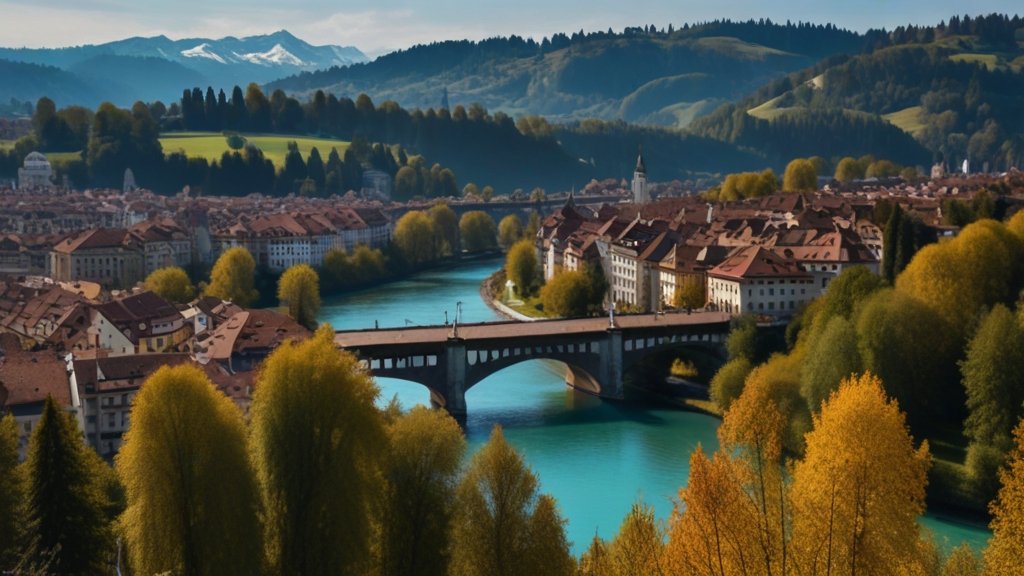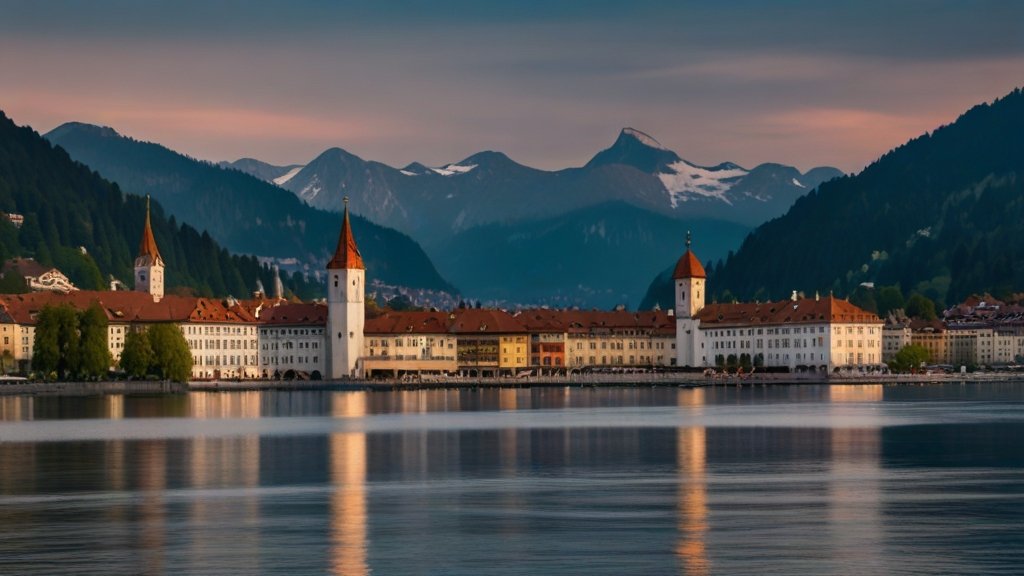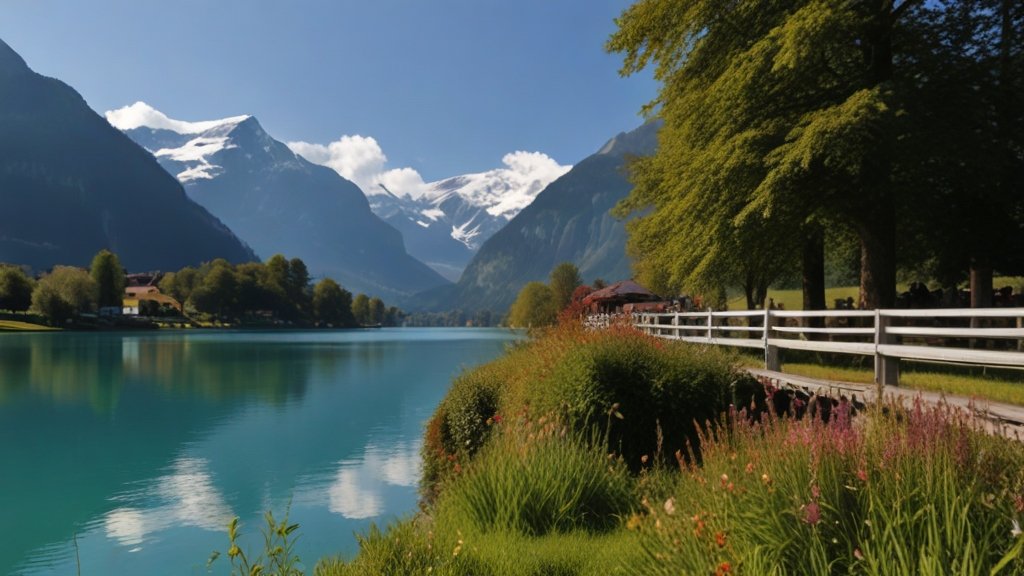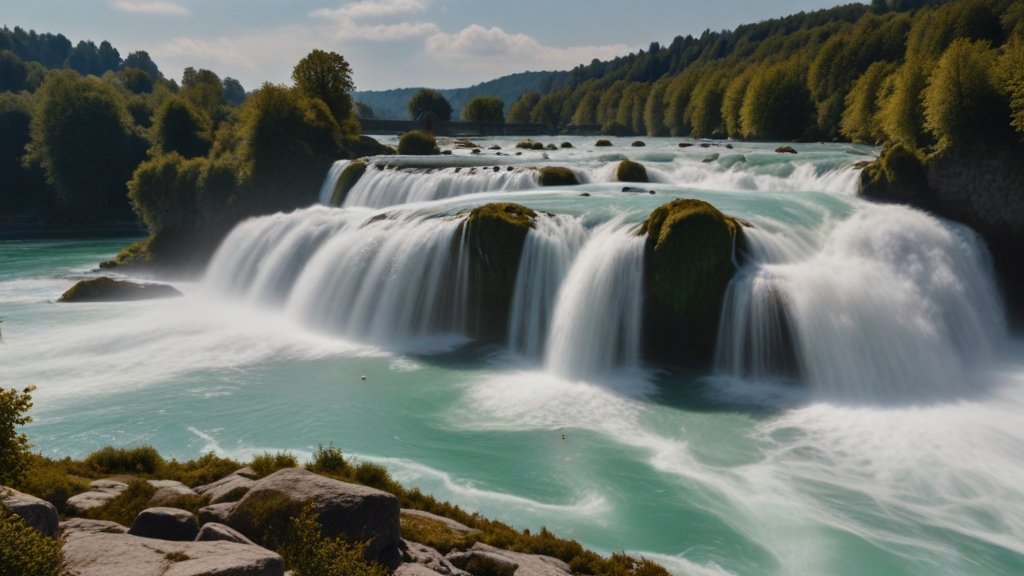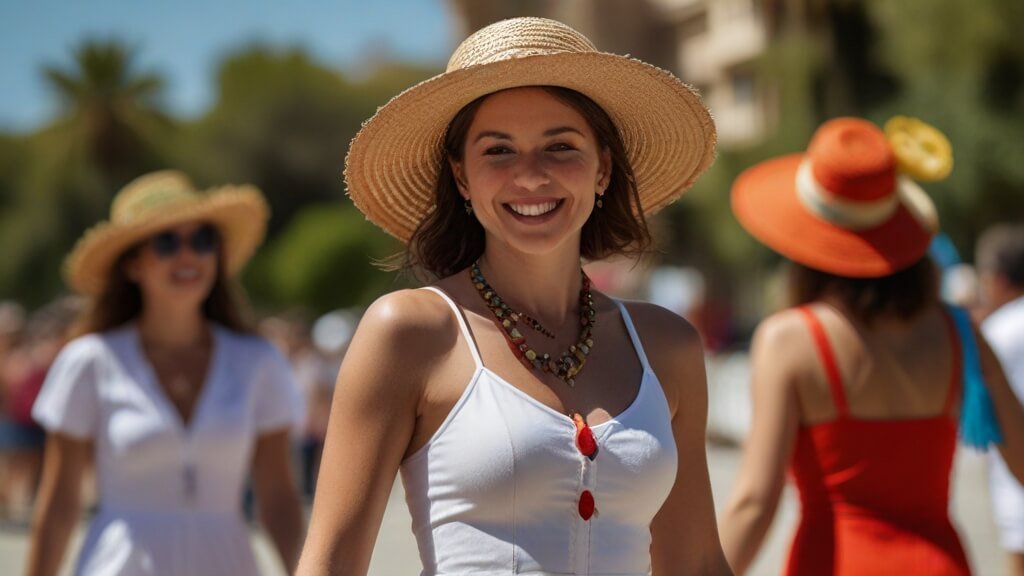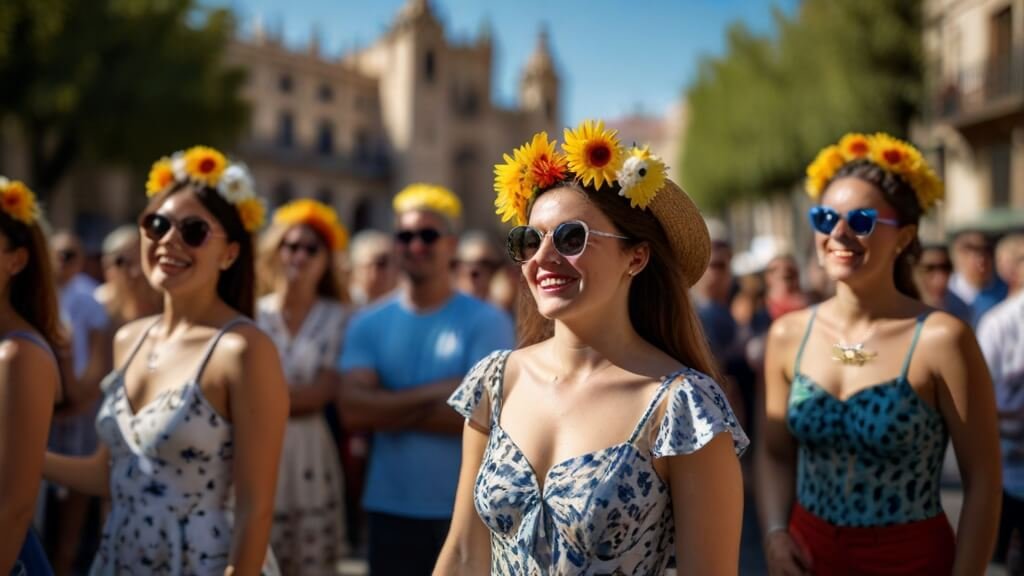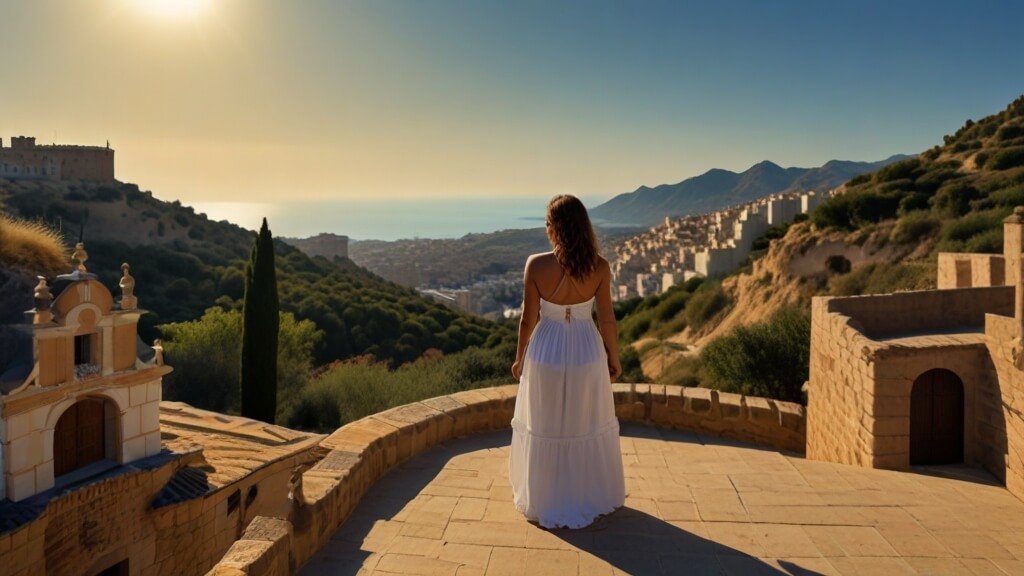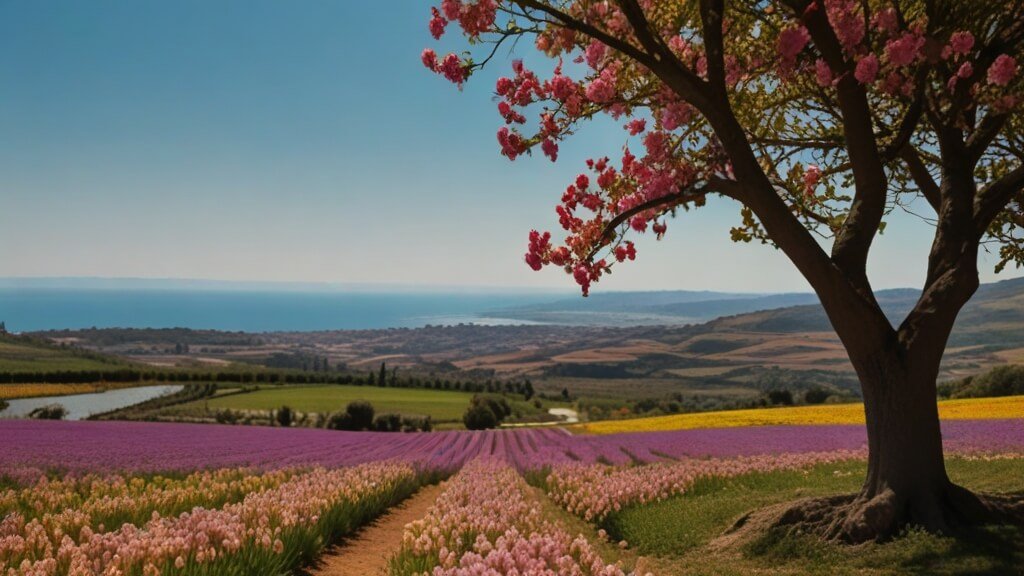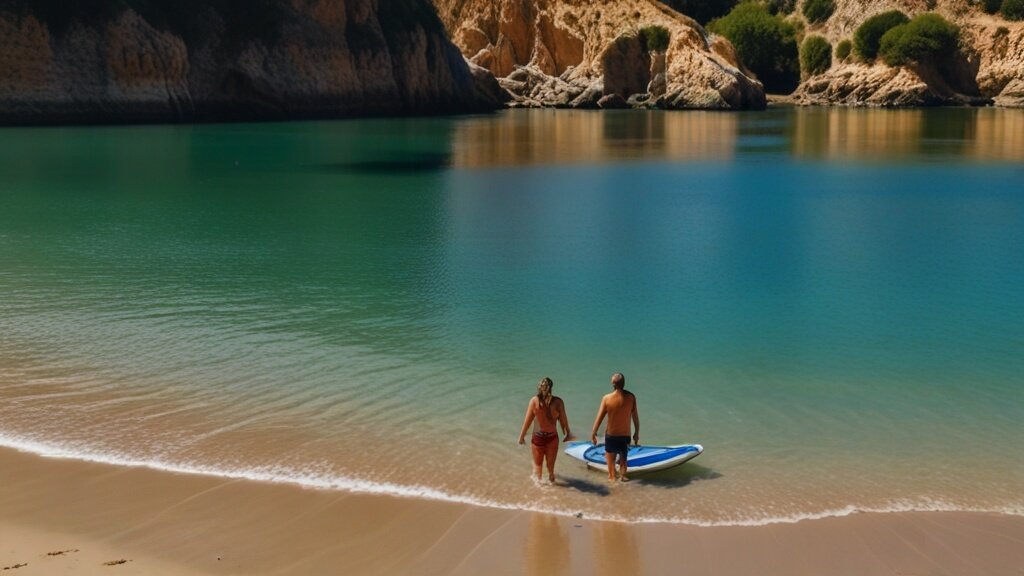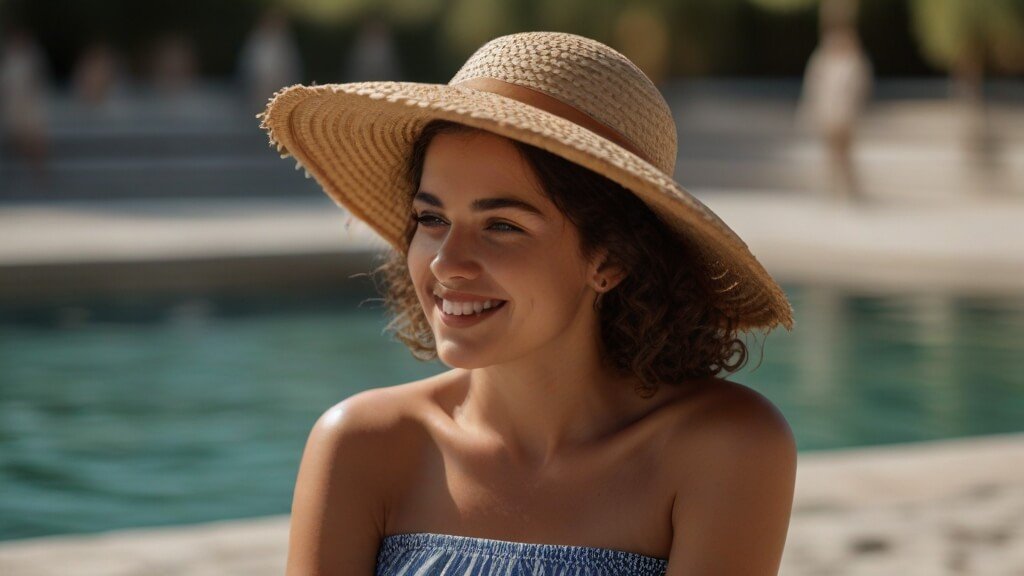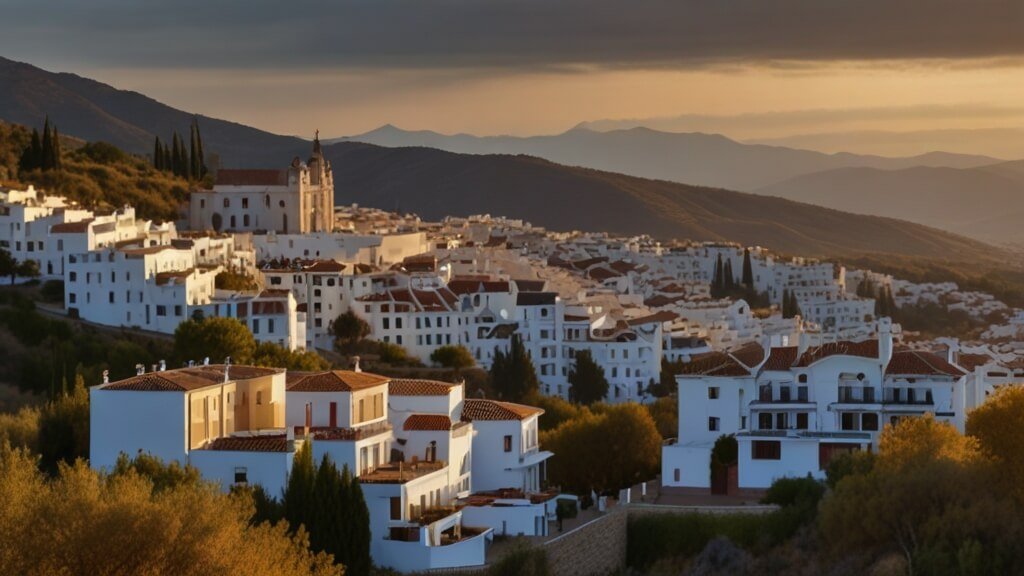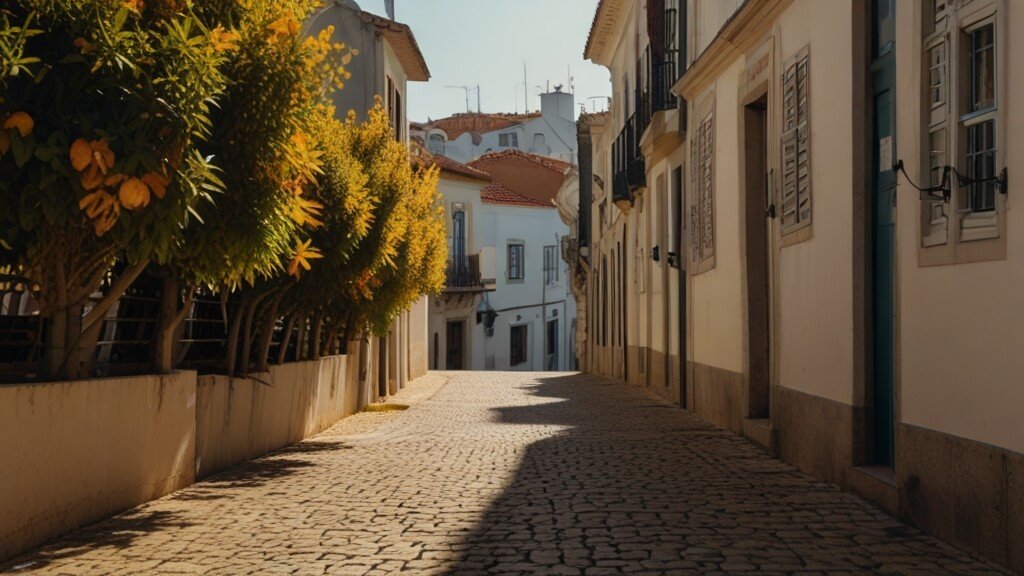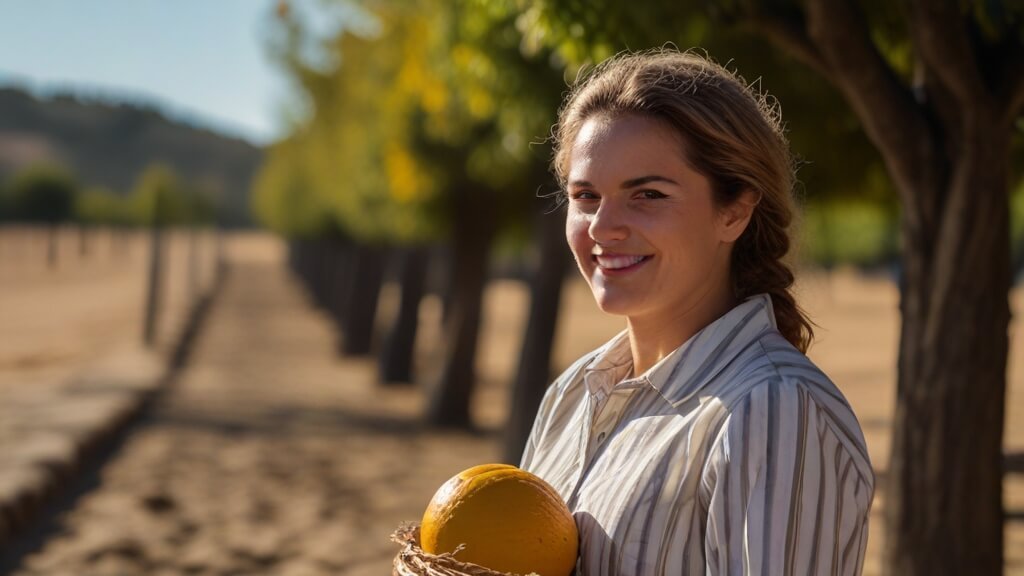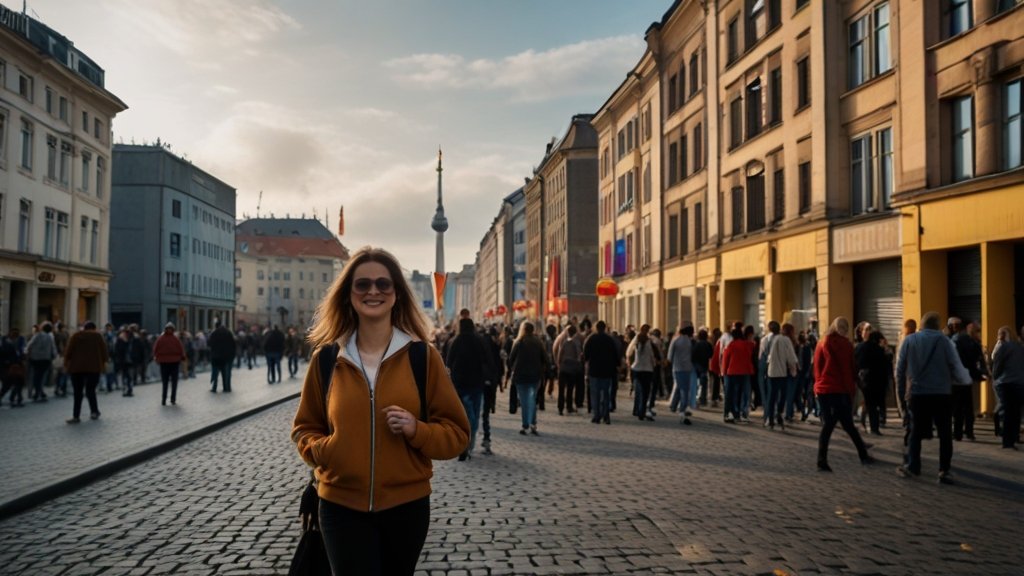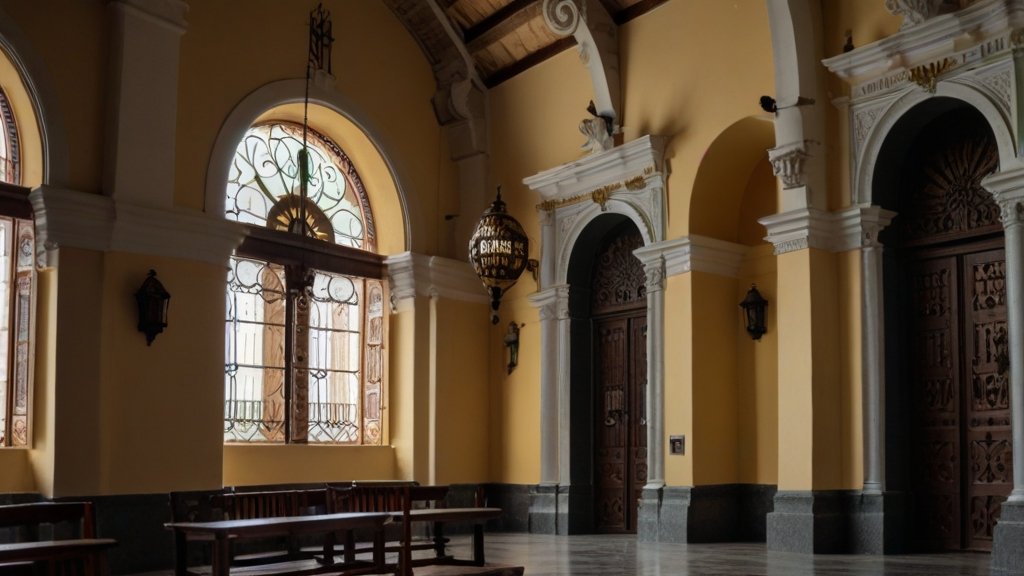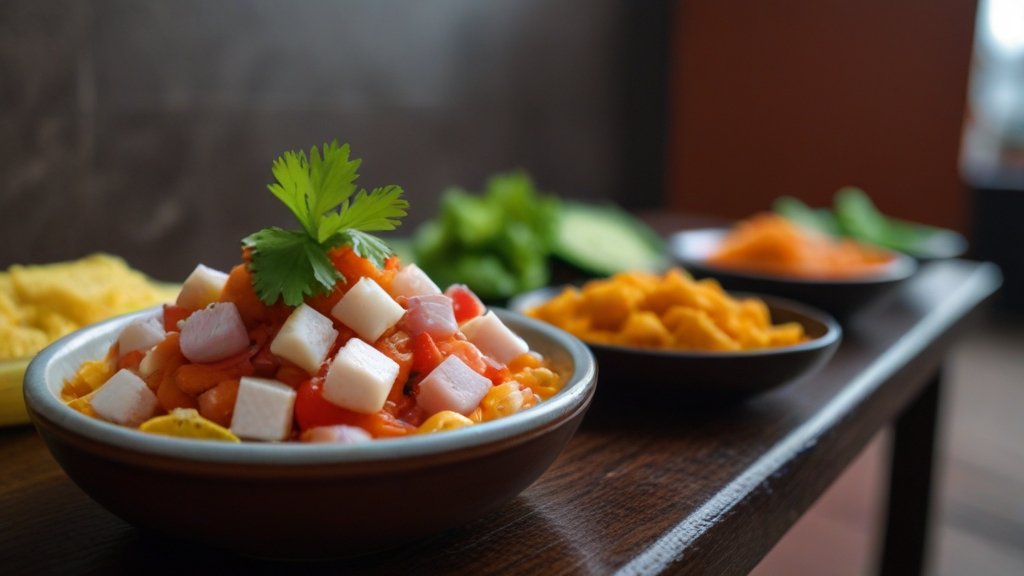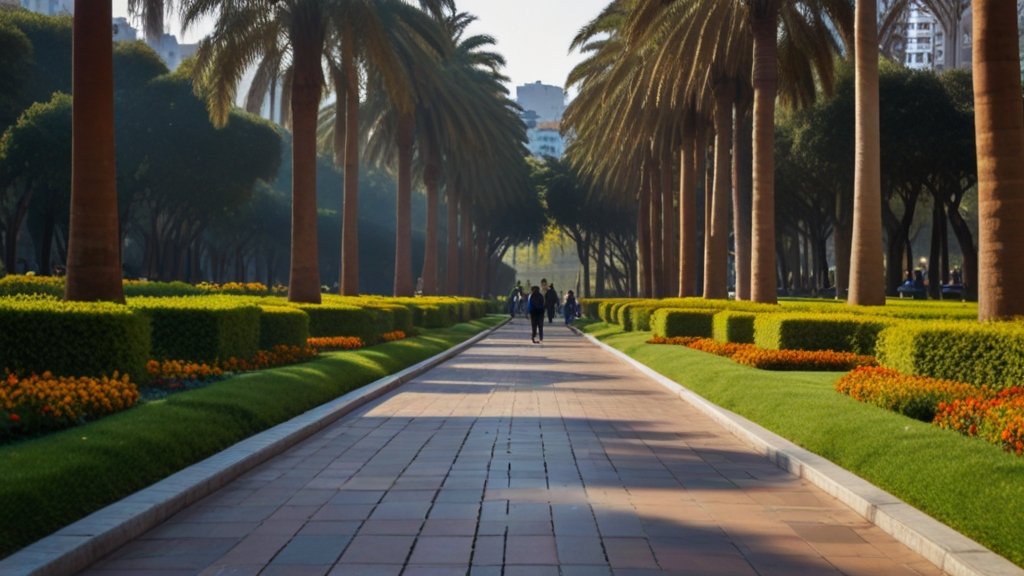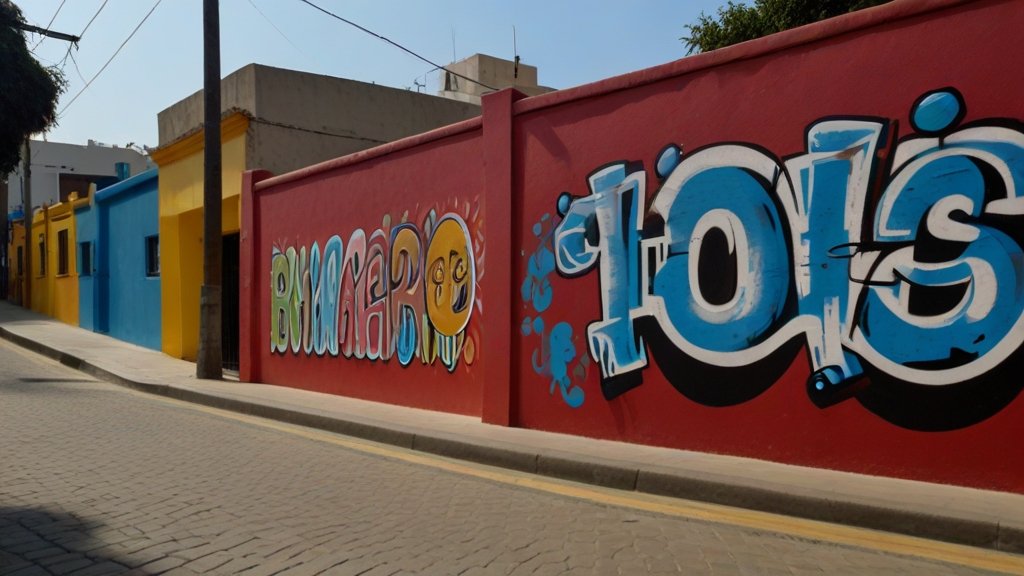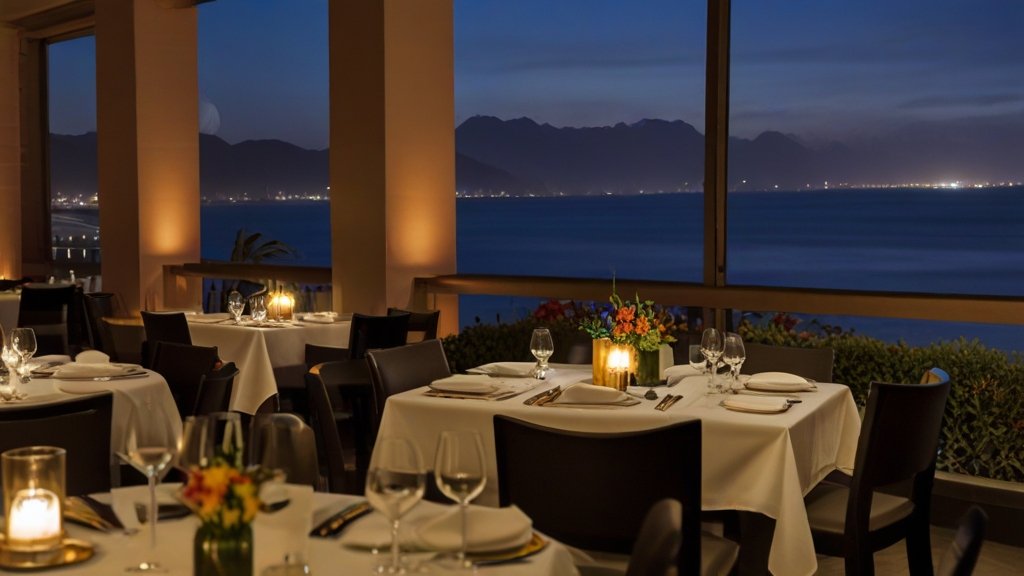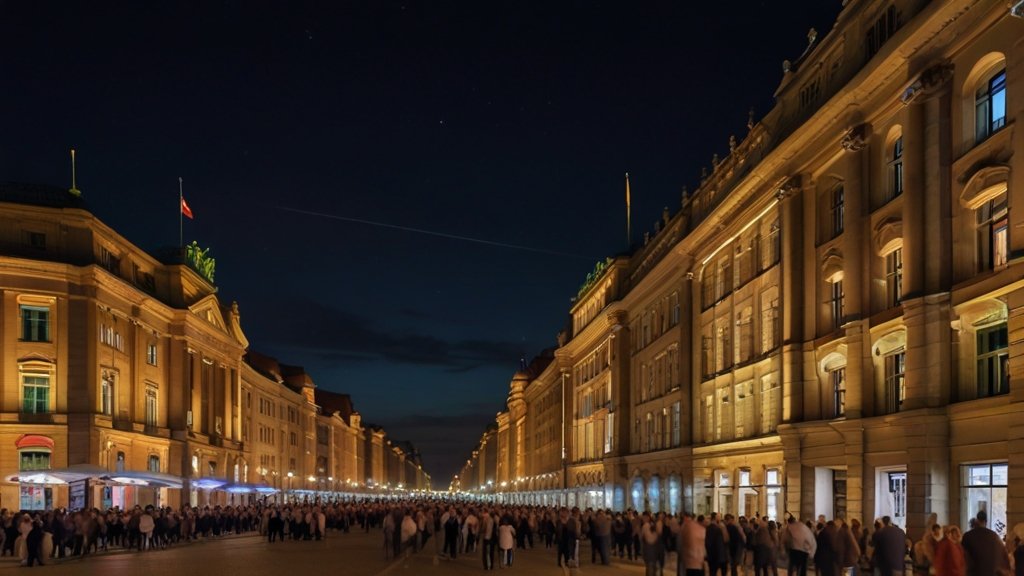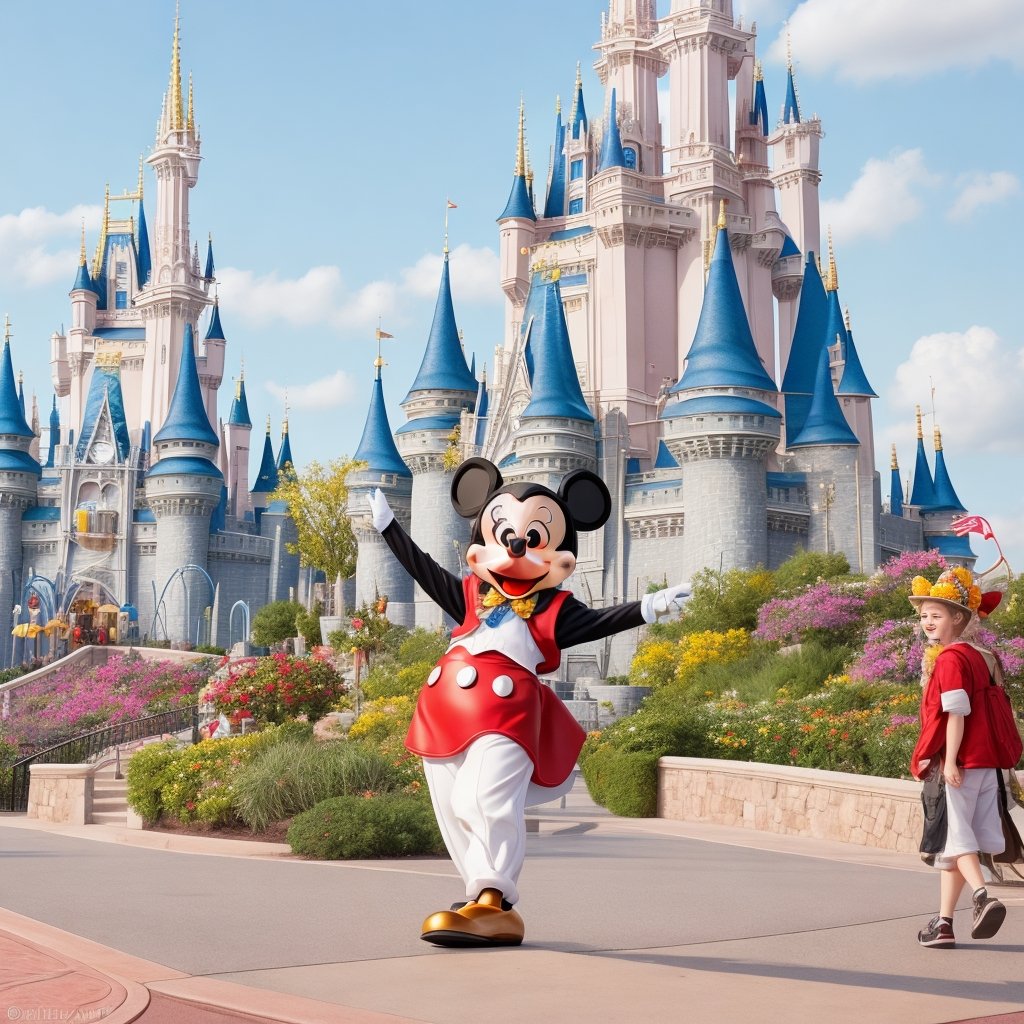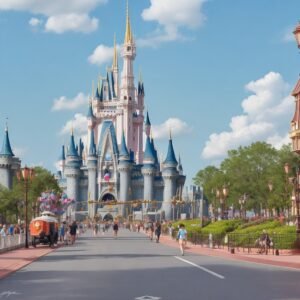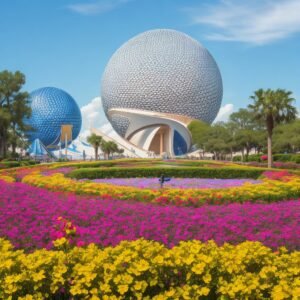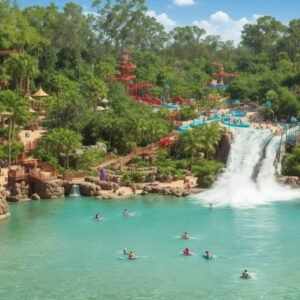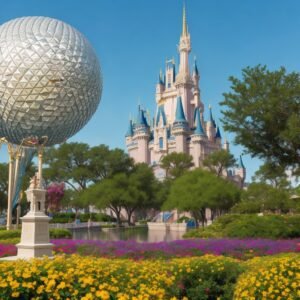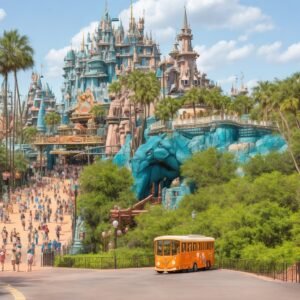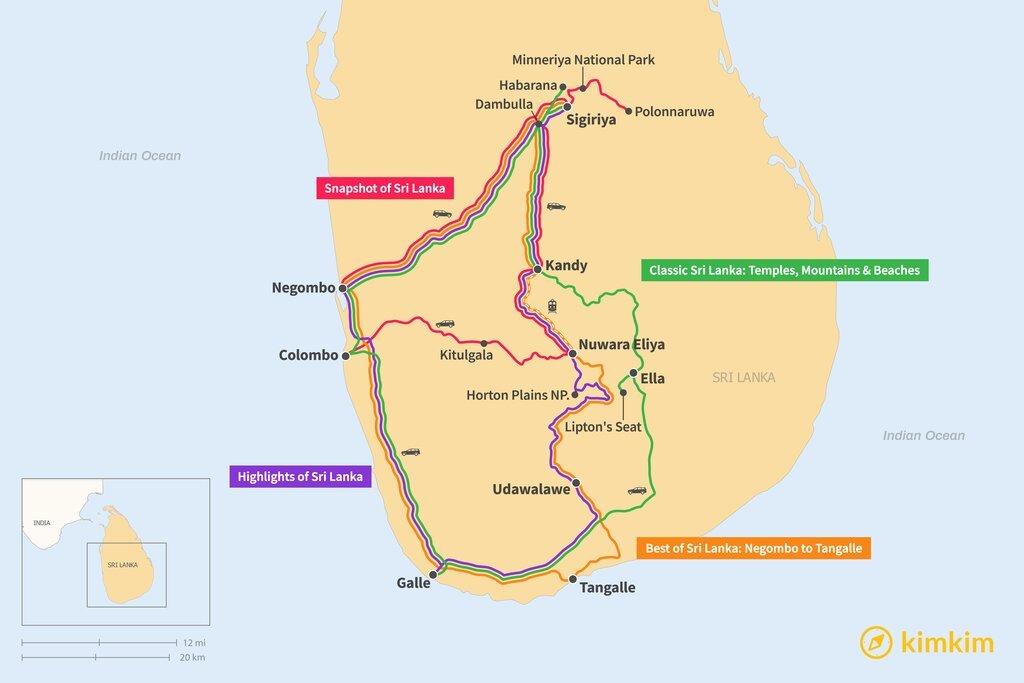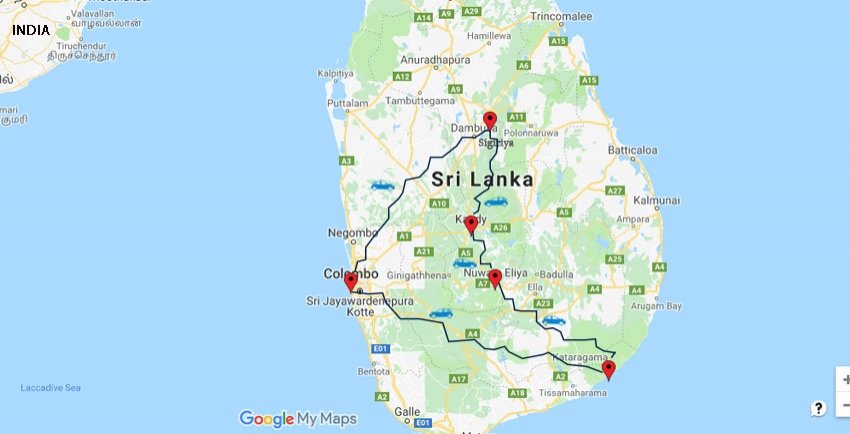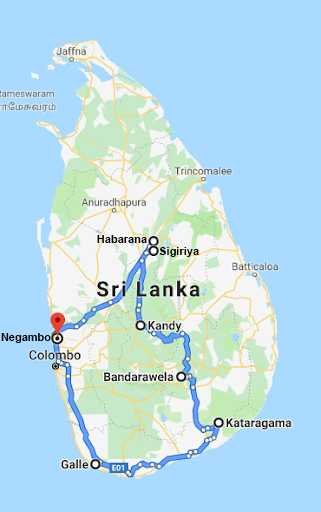A Journey Through Time and Culture
Welcome to the enchanting land of Morocco, where ancient medinas, vibrant markets, and golden deserts await. In this comprehensive 10-day Best Morocco Itinerary, we’ll guide you through the best of Morocco, from the bustling streets of Marrakech to the serene Sahara dunes. Whether you’re a history buff, a foodie, or an adventure seeker, Morocco has something to captivate your heart.
Key Takeaways of Best Morocco Itinerary
- Marrakech: Explore Jemaa el-Fnaa square, the heart of Marrakech.
- Fes: Get lost in the medina and discover hidden gems.
- Chefchaouen: Capture the blue beauty of this enchanting city.
- Sahara Desert: Stargaze and ride camels across the dunes.
- Casablanca: Visit the iconic Hassan II Mosque.
Day 1: Arrival in Marrakech
Morning
- Arrival: You’ll land at Marrakech Menara Airport. The warm Moroccan sun greets you as you step off the plane. The airport is bustling with travelers from around the world, and the scent of spices hangs in the air.
- Transfer to Your Riad: A pre-arranged transfer will take you to your riad (traditional Moroccan guesthouse) in the heart of the medina. The narrow streets are a maze, but your driver skillfully navigates through them. The riad’s ornate wooden door opens, revealing a peaceful courtyard adorned with colorful tiles and lush greenery.
- Check-In: The riad staff welcomes you with mint tea—a refreshing blend of green tea, fresh mint leaves, and sugar. You’ll complete the check-in process and settle into your cozy room. The riad’s architecture is a blend of Moroccan and Andalusian styles, with intricate plasterwork and zellige tile patterns.
Afternoon
- Exploring Jemaa el-Fnaa: After freshening up, head out to explore Jemaa el-Fnaa square. This bustling hub is the heartbeat of Marrakech. Snake charmers, storytellers, and musicians vie for your attention. Food stalls emit tantalizing aromas—kebabs sizzling on grills, tagines simmering, and freshly squeezed orange juice being poured. Don’t be surprised if someone offers to read your fortune or paint intricate henna designs on your hands.
- Market Wander: Lose yourself in the labyrinth of souks (markets) surrounding the square. Carpets, leather goods, spices, and lanterns spill out onto the narrow alleys. Bargain with the vendors, but remember that haggling is an art form here.
- Sunset at Koutoubia Mosque: As the sun begins to dip, make your way to the iconic Koutoubia Mosque. Its minaret stands tall against the sky, and the call to prayer echoes through the air. Capture the golden hour glow on your camera—the palm trees, the pink hues, and the silhouette of the mosque.
Evening
- Dinner in the Medina: Return to your riad to freshen up. For dinner, venture into the medina once more. Choose a rooftop restaurant with views of the city. The menu offers a delightful array of Moroccan dishes: couscous, pastilla (a savory pastry filled with spiced meat and almonds), and tajine (slow-cooked stews). Savor the flavors as the city lights twinkle below.
- Nightlife: If you’re up for it, explore the medina after dark. The atmosphere changes—the crowds thin out, and the narrow streets take on an enchanting quality. Lanterns cast shadows on the walls, and the distant sound of drums and music beckons you deeper into the maze.
Remember, Marrakech is a sensory overload—a symphony of colors, scents, and sounds. Let it wash over you, and immerse yourself in this vibrant city. Tomorrow, more adventures await! 🌟
Day 2: Marrakech Exploration
- Stay in a Riad:
- What is it?: A riad is a traditional Moroccan house centered around a courtyard. Many riads have been converted into charming hotels, providing an authentic stay experience.
- Why Stay in a Riad?: Staying in a riad immerses you in the heart of Marrakech’s old city (Medina). You’ll have everything at your doorstep, making it perfect for exploration day and night.
- Recommended Riads:
- Riad Joya: Located just off Jemaa el-Fnaa, Riad Joya offers a luxurious experience. All rooms face the internal courtyard, and breakfast on the rooftop is unforgettable.
- Riad Enchanté: Another intimate riad close to Riad Joya, also a short walk to Jemaa El-Fna.
- Riad Les Nuits de Marrakech: Literally a one-minute walk from Jemaa El-Fnaa, this peaceful riad features a beautiful terrace and swimming pool.
- Drink Fresh Orange Juice:
- Where?: Head to Jemaa el-Fnaa during the day.
- Why?: The chaotic square is filled with colorful orange juice stalls. Moroccan oranges are exceptional, and a glass of freshly squeezed orange juice is a refreshing pick-me-up as you explore the city.
- Tip: Watch the oranges being squeezed to ensure freshness!
- Explore the Medina:
- What is the Medina?: Marrakech’s historic Medina is a maze of narrow streets, bustling markets (souks), and hidden gems.
- Highlights:
- Koutoubia Mosque: Marvel at the Koutoubia Mosque’s impressive minaret.
- Bahia Palace: Admire the intricate details of this historic palace.
- Souks: Get lost in the souks, where spices, textiles, and handicrafts abound.
- Discover the Architecture:
- Ben Youssef Madrasa: Visit this stunning Islamic college with intricate tilework and peaceful courtyards.
- Saadian Tombs: Explore the beautifully decorated tombs of the Saadian dynasty.
- Majorelle Garden: Wander through the vibrant blue gardens designed by French artist Jacques Majorelle.
- Indulge in Moroccan Cuisine:
- Tagine: Try a traditional Moroccan tagine—a slow-cooked stew with tender meat, vegetables, and aromatic spices.
- Pastilla: Sample pastilla, a savory pastry filled with spiced meat and almonds.
- Mint Tea: Sip on sweet mint tea—the national drink of Morocco.
- Nightlife in Marrakech:
- Jemaa el-Fnaa at Night: As the sun sets, Jemaa el-Fnaa transforms into a lively night market. Enjoy street food, music, and entertainment.
- Rooftop Bars: Head to a rooftop bar for panoramic views of the city. Savor Moroccan delicacies under the stars.
Remember, Marrakech is a sensory adventure—let its colors, flavors, and history captivate you. Enjoy your exploration of Morocco’s Red City! 🌟
Day 3: Fes
- Location and History:
- City: Fes (also spelled Fez) is located in northern inland Morocco.
- Founding: It is the oldest of Morocco’s four imperial cities, with a history dating back centuries.
- Founders: Fes was founded by Idris I (on the east bank of the Wadi Fes, around 789) and later expanded by Idris II (on the west bank, around 809).
- Almoravids: The Almoravids united the two parts of Fes in the 11th century, transforming it into a major Islamic city.
- Population and Significance:
- Population: Fes is the second-largest city in Morocco, with a population of approximately 1.11 million (according to the 2014 census).
- Cultural Importance: Fes is renowned for its historical significance, architectural marvels, and vibrant cultural heritage.
- Medina: The Fes medina (old city) is a UNESCO World Heritage Site and a labyrinth of narrow streets, bustling markets, and hidden gems.
- Must-See Attractions:
- Al-Qarawiyyin University: Founded in 859, it is one of the oldest continuously operating educational institutions in the world.
- Bou Inania Madrasa: An exquisite example of Moroccan architecture, adorned with intricate tilework and stucco.
- Chouara Tannery: Witness the traditional leather-dyeing process in this ancient tannery.
- Medersa Attarine: A stunning 14th-century religious school with stunning zellige tilework.
- Fes el-Bali: The heart of the medina, where you’ll find bustling souks, historic buildings, and vibrant street life.
- Cultural Experiences:
- Craftsmanship: Fes is famous for its artisans—visit workshops where they create intricate ceramics, textiles, and metalwork.
- Food: Sample Moroccan cuisine, including tagines, pastilla, and mint tea.
- Music and Festivals: Fes hosts the Fes Festival of World Sacred Music, attracting artists and music enthusiasts from around the globe.
- Local Life:
- Maze-Like Streets: Get lost in the medina’s narrow alleys, where surprises await around every corner.
- Community Spirit: Fes has a strong sense of community, with families living in centuries-old houses and sharing communal spaces.
Whether you’re exploring the historic sites, savoring local delicacies, or simply getting lost in the medina, Fes promises an unforgettable journey through time and culture. 🌟
Day 4: Fes Cultural Immersion
- Exploring Traditions in the Old Medina:
- The Medina of Fes dates back to 859 A.D. and stands as a testament to Arab civilization’s rich history and architectural wonders. As you wander through its narrow streets, traditional shops line the way. Peek into centuries-old practices—watch artisans create intricate textiles, ceramics, and metalwork. The air is filled with the scent of spices, and the vibrant tapestry of life unfolds before you.
- Artisan Crafts at Chouara Tannery and Nejjarine Museum:
- Chouara Tannery: Step into a world of colors and craftsmanship. The tannery, with its iconic vats of dye, showcases the age-old process of leather production. The sight of workers tending to hides is both fascinating and humbling.
- Nejjarine Museum: Here, intricate designs and skilled workmanship take center stage. Explore the world of artisan crafts—woodwork, ceramics, and more. Each piece tells a story of tradition and dedication.
- Spiritual Heart of the City: Zaouia Moulay Idriss II:
- Visit this spiritual sanctuary, dedicated to Moulay Idriss II, a revered figure in Moroccan history. Feel the pulse of Fes as you learn about the rich tapestry of life within its walls. The zaouia (shrine) is a place of reflection and connection.
- Historical Gems:
- Royal Palace: Discover the grandeur of the Royal Palace. While you can’t enter, the impressive gates and intricate architecture offer a glimpse into Morocco’s monarchy.
- Jewish Quarter: Explore the Mellah, where Jewish heritage intertwines with Moroccan culture. Visit the Ibn Danan Synagogue, a symbol of resilience and coexistence.
- Jnane Sabil Gardens: Stroll through these serene gardens, where history whispers among the foliage. The fountains, pathways, and greenery provide a peaceful escape from the bustling medina.
In the Fes Cultural Day Tour, expert guides lead you through this enchanting city. They share insights into Fes’s vibrant past and present, ensuring you grasp the historical and architectural significance of each site. Immerse yourself in the soul of Fes, where every corner reveals a story waiting to be told. 🌟
Day 5: Chefchaouen
- History and Origins:
- Founding: Chefchaouen was founded in 1471 as a small kasbah by Ali ibn Rashid al-Alami, a descendant of Abd al-Salam ibn Mashish al-Alami and Idris I.
- Purpose: It served as a military base to defend against Portuguese invasions of northern Morocco.
- Population Growth: The city’s population quickly grew due to Muslim and Jewish refugees fleeing from Spain after the Reconquista (when Spanish Christians conquered the remaining Muslim-controlled parts of the Iberian Peninsula).
- Cultural Fusion:
- Andalusi and Ghomara Influence: Chefchaouen’s local culture reflects a blend of Andalusi and Ghomara traditions.
- Medina: The old walled city, or medina, remains well-preserved alongside a more modern townscape outside its walls.
- The Blue City:
- Nickname: Chefchaouen is nicknamed the “Blue Pearl” of Morocco.
- Blue Buildings: Its unique charm lies in the buildings painted in various shades of blue and white.
- Mountain Peaks: The name “Chefchaouen” is derived from Tarifit or Tamazigh origin, combining the words “isakon” or “echaouen” (meaning “the horns”) and “chef” (meaning “look at”). The city’s name translates to “look at the horns”, reflecting the two mountain peaks that overlook the area.
- Economy and Tourism:
- Artisanal Crafts: The local economy thrives on artisanal crafts.
- Tourism: Visitors flock to Chefchaouen to explore its blue-painted streets, enjoy the mountain views, and experience its unique atmosphere.
- Must-See Sights:
- Ras al Ma’ Stream: A picturesque stream flowing through the city.
- Uta Hammam Square and the Kasbah: Central gathering spots with historical significance.
- Blue-Painted Streets in the Medina: Wander through these enchanting alleys.
- Local Flavor:
- Creamy Goat Cheese: Try the native goat cheese—a popular regional treat.
- Mountainous Setting: The Rif Mountains provide a stunning backdrop for this charming city.
Chefchaouen is a place where time seems to slow down, and every corner invites exploration. Whether you’re admiring the blue hues, savoring local cuisine, or simply soaking in the atmosphere, this “Blue Pearl” promises an unforgettable experience. 🌟
Day 6: Chefchaouen Hikes
- The Akchour Waterfalls:
- Distance: Approximately 33 kilometers from Chefchaouen.
- Natural Wonder: Akchour is a hidden gem with greenery and living water sources year-round.
- Trail: The trail leads you through picturesque landscapes, crossing bridges and passing by traditional villages. The reward awaits at the end—the stunning Akchour Waterfalls11.
- National Park Talassemtane:
- Scenic Beauty: This national park is a haven for nature lovers. Expect lush forests, rugged peaks, and pristine rivers.
- Hiking Routes: Explore various trails within the park, each offering unique vistas and encounters with local flora and fauna.
- Park Bouhachem:
- Off the Beaten Path: Park Bouhachem is less frequented by tourists, making it perfect for those seeking solitude.
- Wildlife: Keep an eye out for Barbary macaques and other wildlife as you hike through the park.
- Oued el Kenar:
- River Trek: Follow the Oued el Kenar riverbed, surrounded by rocky cliffs and lush vegetation.
- Refreshing Pools: Along the way, you’ll discover natural pools where you can cool off and take a dip.
- Hike up to Jbel el Kelaa:
- Mountain Ascent: Jbel el Kelaa offers panoramic views of the surrounding Rif Mountains.
- Challenging Terrain: The hike involves steep sections, but the reward is worth it—a sense of accomplishment and breathtaking vistas.
- Hike up to Jbel Tisuka:
- Peak Exploration: Jbel Tisuka is another rewarding peak to conquer. The trail takes you through rugged landscapes and offers sweeping views of the region.
Remember to wear comfortable hiking shoes, carry water, and respect the natural environment. Whether you’re chasing waterfalls, exploring national parks, or conquering mountain peaks, Chefchaouen’s hiking trails promise unforgettable adventures. 🌟
Day 7: Sahara Desert
- Geographical Extent:
- The Moroccan Sahara covers a large part of southern Morocco, spanning approximately 252,000 square miles (652,000 square kilometers).
- It stretches from the Atlantic Ocean in the west to the Algerian border in the east.
- Diverse Terrain:
- Sand Dunes: The Sahara boasts vast expanses of sand dunes, including the iconic Erg Chebbi near Merzouga. These golden dunes create a surreal and magical setting.
- Rocky Plateaus: In addition to the dunes, you’ll find rugged rocky plateaus that add to the desert’s stark beauty.
- Barren Plains: The Sahara also features barren plains, where the landscape seems to stretch endlessly.
- Oasis Valleys:
- Amid the aridness, lush oasis valleys provide a stark contrast. These green pockets are fed by underground water sources and are home to date palms, fruit trees, and small settlements.
- Ergs and Hamadas:
- Ergs: These are vast sand seas formed by wind-blown sand. The most famous erg in Morocco is Erg Chebbi, where visitors can experience camel treks and overnight stays in desert camps.
- Hamadas: These are flat, stony deserts. Their rugged beauty lies in the simplicity of their rocky terrain.
- Desert Adventures:
- Camel Trekking: Explore the dunes on a camel safari, watching the sun rise or set over the golden sands.
- Stargazing: The Sahara offers some of the clearest night skies. Camping under the stars is an unforgettable experience.
- Nomadic Culture: Encounter Berber nomads and learn about their traditional way of life.
- Climate and Safety:
- Extreme Temperatures: The Sahara experiences scorching days and chilly nights. Be prepared for temperature fluctuations.
- Guided Tours: Whether you choose an organized tour or travel independently, local guides ensure your safety and enrich your experience.
Is it worth going to the Sahara Desert in Morocco? Absolutely! The tranquility, vastness, and ever-changing landscapes make it a bucket-list destination. Whether you camp under the stars, explore ancient kasbahs, or simply marvel at the desert’s grandeur, the Moroccan Sahara promises an adventure like no other. 🌵
Day 8: Sunrise in the Sahara
- Sunset in the Sahara:
- To witness the sunset in the Sahara, you’ll start with a hiking experience to reach the top of a sand dune. From there, you’ll have a panoramic view of the desert landscape.
- Unlike sunsets over the sea, where the reflection creates a golden hue on the water, in the Sahara, the reflection on the sea sand produces a similar golden color that feels awesome on your eyes.
- The gorgeous sunset in the Saharan desert helps you overcome life’s stress, forget your problems, and provides a refreshing experience.
- After watching the sunset, you can spend the night in a desert camp, surrounded by locals playing Gnawa music under the starry sky.
- Sunrise in the Sahara:
- Wake up early to witness the golden sunrise from the first light to the full sunshine.
- The vast expanse of the desert and the clear air allow for incredible views of colors. The sky often turns deep red and orange during sunrise.
- After the sunrise, you can head back to your hotel in the nearby village, take a shower, and enjoy breakfast before leaving the desert.
- Best Time for Sunset and Sunrise:
- In Merzouga, a popular desert destination in Morocco, the sunset occurs around 18:00 PM in November and July.
- The sunrise in Merzouga during October happens at 7:18 AM, and the sunset is at 18:44 PM.
- Language Spoken in the Sahara Desert:
- The spoken varieties in the Sahara Desert of Morocco include Amazigh and Arabic Moroccan Darija in the southeast.
- In the southern part of Morocco, the Hassania variety is spoken by the Sahrouian people.
Visiting the Sahara Desert is an unforgettable experience, and witnessing its sunrises and sunsets is a must-do during your holiday in Morocco! 🌅🐪
Day 9: Casablanca
- Etymology:
- Before the 15th century, the settlement at what is now Casablanca had been called Anfa. European sources rendered it variously as El-Anfa, Anafa, or Anaffa.
- The name “Casablanca” itself comes from the Arabic phrase “al-Dār al-Bayḍāʾ”, which means “the White House”. This name reflects the city’s historical significance and its coastal location on the Atlantic Ocean.
- The city has undergone various transformations over time, from its ancient origins to its current status as a bustling metropolis.
- Geography and Population:
- Casablanca is situated on the Atlantic coast of the Chaouia plain in the central-western part of Morocco.
- The urban area of Casablanca has a population of approximately 3.71 million, while Greater Casablanca (including surrounding areas) has over 4.27 million inhabitants.
- It holds the distinction of being the most populous city in the Maghreb region and the eighth-largest in the Arab world.
- The city’s strategic location by the sea has contributed to its growth and prominence.
- Economic Significance:
- Casablanca serves as Morocco’s chief port, with the Port of Casablanca being one of the largest artificial ports in Africa.
- It also hosts the primary naval base for the Royal Moroccan Navy.
- The city is a major financial center, ranking 54th globally in the Global Financial Centres Index.
- The Casablanca Stock Exchange is Africa’s third-largest in terms of market capitalization.
- Many Moroccan companies and several American and European corporations have their headquarters and main industrial facilities in Casablanca.
- Recent industrial statistics highlight Casablanca as the main industrial zone in the country.
Casablanca’s blend of history, commerce, and culture makes it a fascinating destination for travelers and a vital hub for Morocco’s economy. 🌆🌊🏙️
Day 10: Departure
Marrakesh Menara Airport (RAK) Departures:
- Location: Marrakesh Menara Airport is situated in Marrakesh, Morocco.
- Flight Status Information:
- You can check the real-time status of your flight departing from Marrakesh Airport using the information on the departures page.
- The data on departure times and status is frequently updated.
- You have the option to filter results by airline or time period, or you can use the search box to find your flight directly.
- Once you locate your flight, you can view more details such as scheduled/estimated times, delays, and gate numbers.
- Sample Departures (as of the latest update):
- Casablanca (CMN) at 18:15:
- QR1396 (Qatar Airways) and AT5710 (Royal Air Maroc) departed on time.
- London (LGW) at 18:15:
- U28708 (EasyJet) is currently en route.
- Paris (ORY) at 18:35:
- TO3019 (Transavia France) is en route.
- And many more flights to various destinations.
- Casablanca (CMN) at 18:15:
Rabat-Sale Airport (RBA) Departures:
- For departures from Rabat-Sale Airport, you can find the latest information on the Airportia website.
- Use the date and time pull-down menu to browse through older and upcoming flights’ status.
Remember to check the specific airport’s official website or other reliable sources for the most up-to-date information on departures. Safe travels! 🛫
Remember to adapt this itinerary based on your preferences and any unforeseen circumstances. Enjoy your Moroccan adventure! 🌟
Frequently Asked Questions (FAQs) About Best Morocco Itinerary
| Question | Answer |
|---|---|
| When is the best time to visit Morocco? | Morocco has a surprisingly seasonal climate. The most comfortable times to visit are in spring or autumn, as summer can be ferociously hot and winter may cause mountain passes to close due to snow. |
| How do I travel to Morocco? | Morocco is well connected to almost every part of the world. You can arrive by planes, buses, trains, or ferries that operate from its main cities. |
| What are the main attractions in Morocco? | Morocco offers a rich tapestry of attractions. Some must-visit places include Marrakesh, the Atlas Mountains, the Sahara Desert, Fez, Chefchaouen, and the coastal cities. |
| How long should my Morocco itinerary be? | It depends on your preferences, but a 7 to 10-day itinerary allows you to explore the highlights. Longer trips of 2 to 3 weeks let you delve deeper into the country. |
| Is it safe to travel in Morocco? | Generally, Morocco is safe for travelers. However, like any destination, exercise common sense, be aware of your surroundings, and follow local advice. |
| What should I pack for Morocco? | Pack lightweight, breathable clothing for warm days and layers for cooler evenings. Don’t forget sunscreen, a hat, and comfortable walking shoes. |
| Can I explore the Sahara Desert? | Absolutely! Consider a camel trek to experience the vast dunes, starry nights, and Berber culture. |
| What’s the currency in Morocco? | The currency is the Moroccan dirham (MAD). ATMs are widely available in cities. |
| Do I need a visa for Morocco? | Most nationalities can enter Morocco visa-free for up to 90 days. Check the latest requirements before your trip. |
| How do I get around within Morocco? | Use trains, buses, or private drivers. Trains connect major cities, while buses reach smaller towns. |
| What’s the food like in Morocco? | Moroccan cuisine is flavorful and diverse. Try tagine, couscous, and mint tea. |
| Can I visit the Atlas Mountains? | Yes! Explore the High Atlas for stunning landscapes, traditional villages, and hiking trails. |
| What’s the dress code in Morocco? | Dress modestly, especially in rural areas and religious sites. Cover your shoulders and knees. |
| Are there any cultural norms I should be aware of? | Greet people with “Salam alaykum”, use your right hand for gestures, and respect local customs. |
| How do I haggle in Moroccan markets? | Bargaining is common. Start with a lower price and negotiate politely. |
| Can I drink alcohol in Morocco? | Yes, but it’s not widely available. Respect local customs and drink in moderation. |
| What languages are spoken in Morocco? | Arabic and Amazigh (Berber) are official languages. Many Moroccans also speak French and Spanish. |
| Is it easy to find accommodation? | Yes, Morocco offers a range of accommodations from luxury riads to budget-friendly guesthouses. |
| What’s the etiquette for visiting mosques? | Non-Muslims can’t enter the prayer area, but you can admire the architecture from outside. |
| What’s unique about Moroccan architecture? | Look out for intricate zellige tiles, stucco work, and beautiful courtyards in traditional buildings. |
Feel free to choose an itinerary that resonates with you, book your ticket, and embark on an unforgettable adventure in Morocco! 🌍🇲🇦✨
Pre-Trip Checklist for Morocco Itinerary
Clothing (All Seasons):
- Lightweight Clothing:
- Breathable shirts, tunics, and long-sleeve tops for sun protection.
- Lightweight pants or flowy skirts (avoid shorts in conservative areas).
- Modest swimwear for beach visits.
- Layers for Cooler Nights:
- Light jacket or sweater for evenings.
- Scarf or shawl for covering shoulders and staying warm.
- Footwear:
- Comfortable walking shoes (sandals, sneakers, or hiking boots).
- Flip-flops for beach days.
- Accessories:
- Sun hat or cap for sun protection.
- Sunglasses with UV protection.
- Bandana or buff (useful for dusty environments).
Additional Miscellaneous Items:
- Travel Adapter and Charger:
- Morocco uses Type C and Type E plugs. Bring an adapter if needed.
- Reusable Water Bottle:
- Stay hydrated and reduce plastic waste.
- Travel Towel:
- Quick-drying and compact.
- Toiletries:
- Toothbrush, toothpaste, shampoo, and soap.
- Sunscreen (high SPF) and lip balm.
- Hand sanitizer and wet wipes.
- First Aid Kit:
- Bandages, antiseptic cream, pain relievers, and any necessary medications.
- Money Belt or Hidden Pouch:
- Keep your valuables safe.
Hiking Items (If Exploring Mountains or Desert):
- Daypack:
- For day hikes.
- Sturdy Hiking Shoes or Boots:
- Ankle support is essential.
- Lightweight Clothing Layers:
- Moisture-wicking base layers.
- Windproof jacket for higher altitudes.
- Hat and Sunglasses:
- Protect against sun and wind.
- Hydration System:
- Water bladder or water bottles.
Estimated Costs (for Reference):
- Accommodation:
- Budget guesthouses: $20-50 per night.
- Mid-range hotels or riads: $50-150 per night.
- Luxury riads or resorts: $150+ per night.
- Food and Dining:
- Street food: $2-5 per meal.
- Local restaurants: $10-20 per meal.
- Fine dining: $30+ per meal.
- Transportation:
- Trains between cities: $10-30 (depending on class).
- Buses: $5-20 (short distances).
- Taxis: Negotiate or use meters.
- Activities and Excursions:
- Camel trek in the Sahara: $50-100.
- Guided city tours: $20-50.
Remember to adjust these estimates based on your travel style and preferences. Enjoy your Moroccan adventure! 🌍🇲🇦✨
n the Heart of Morocco: A Tapestry of Colors and Culture
As you’ve explored the bustling medinas, wandered through ancient kasbahs, and marveled at the shifting sands of the Sahara, you’ve woven your own story into the rich fabric of Morocco. From the vibrant chaos of Marrakesh to the tranquil blue streets of Chefchaouen, this North African gem has left an indelible mark on your soul.
Your Next Step: Embrace the Adventure!
🌟 Book Your Ticket: Morocco awaits! Whether you’re drawn to the call of the muezzin or the promise of mint tea, secure your journey. Let the anticipation fill your days.
🌟 Share the Magic: Spread the word! Share this article with fellow travelers, dreamers, and anyone seeking a taste of Morocco. Let them discover its hidden corners and vibrant soul.
🌟 Leave a Comment: Did Morocco steal your heart? Share your favorite moments, tips, or questions in the comments below. Let’s build a community of wanderers.
🌟 Subscribe: Join our newsletter for more travel inspiration, insider tips, and tales from the road. Let’s keep the adventure alive!
Morocco: A land of contrasts, where ancient traditions meet modern aspirations. Go forth, traveler, and write your own chapter in this captivating tale. 🌅🐪🌿
Safe travels and until we meet again! 🌟✨


